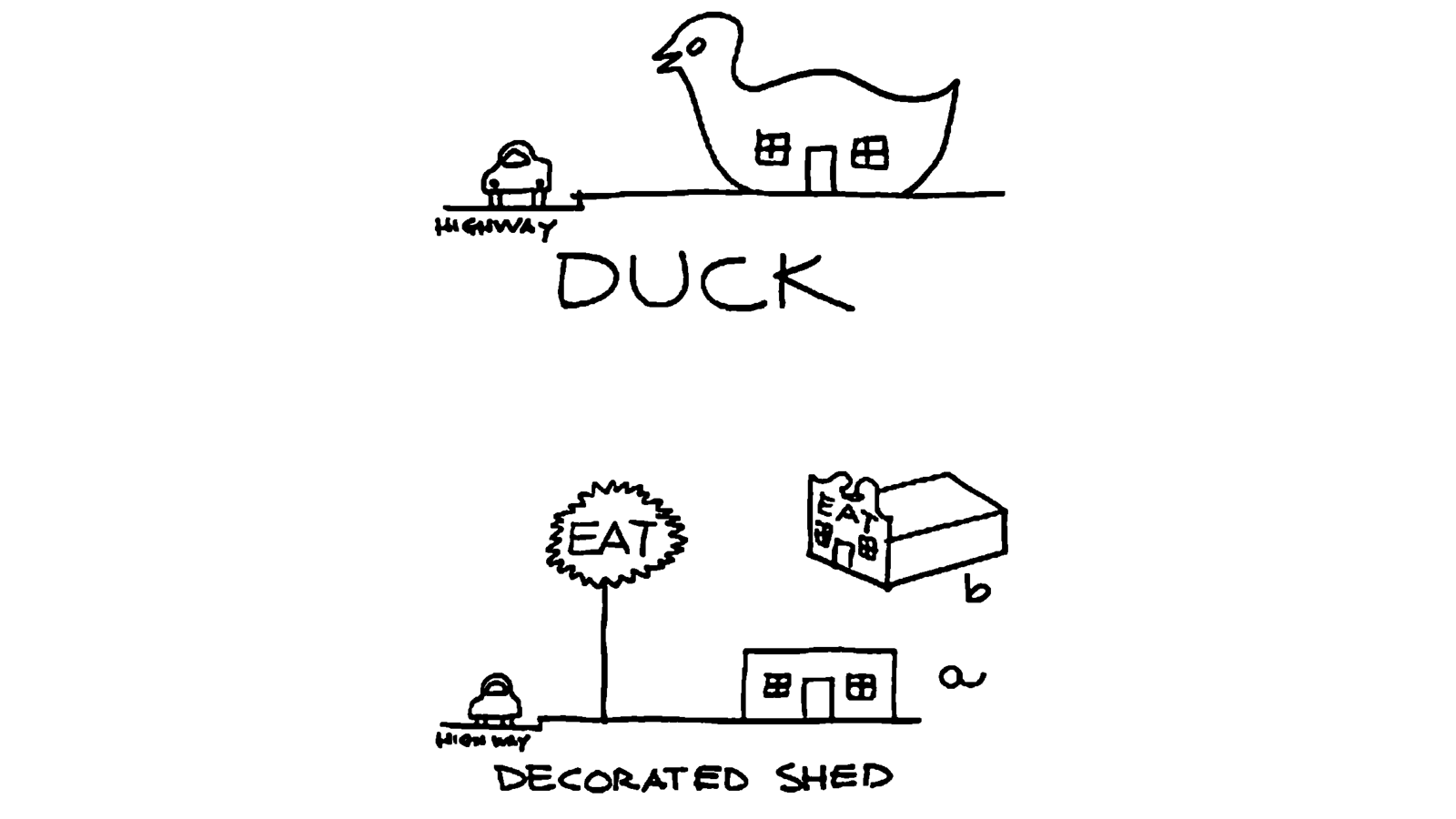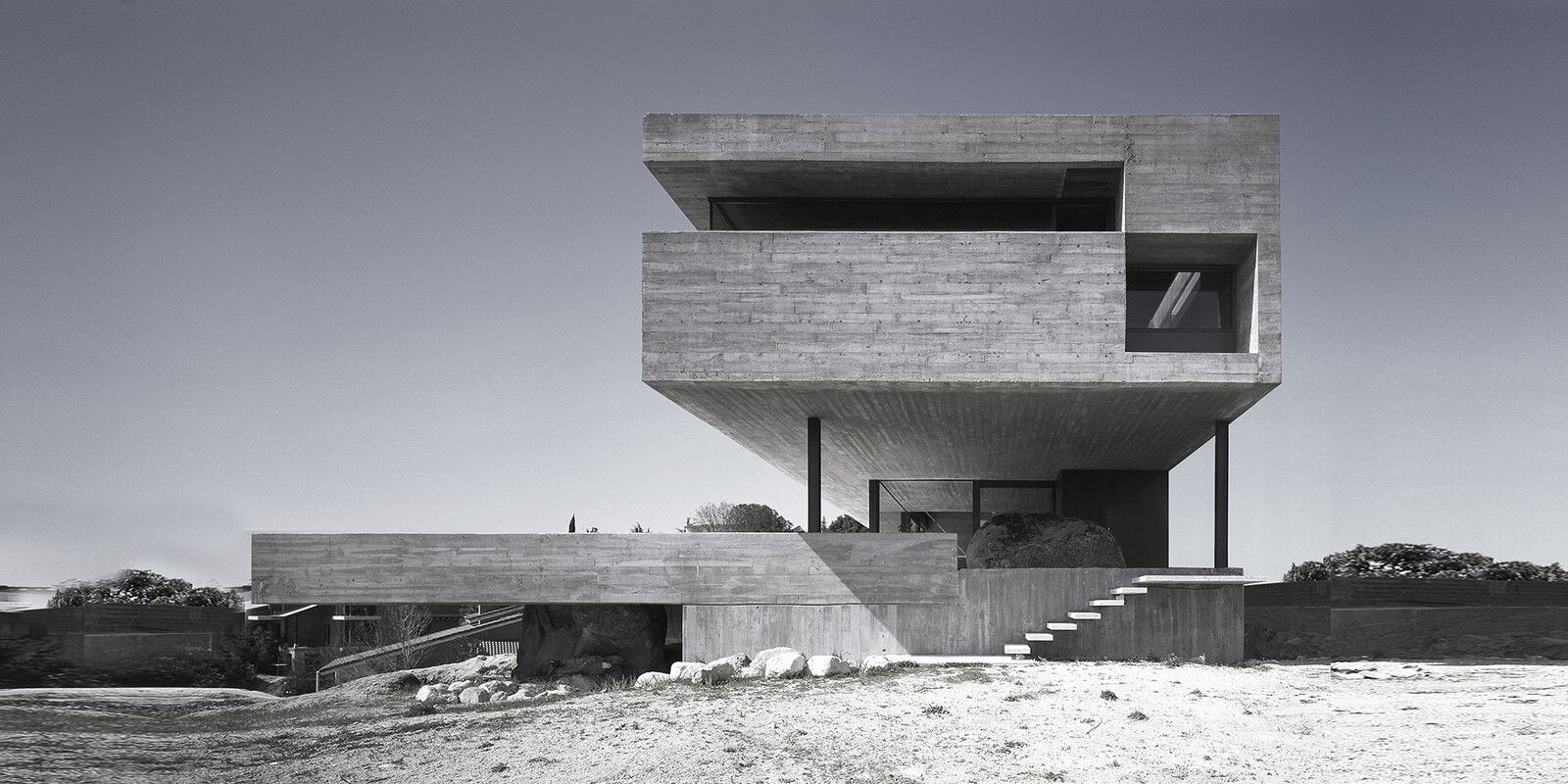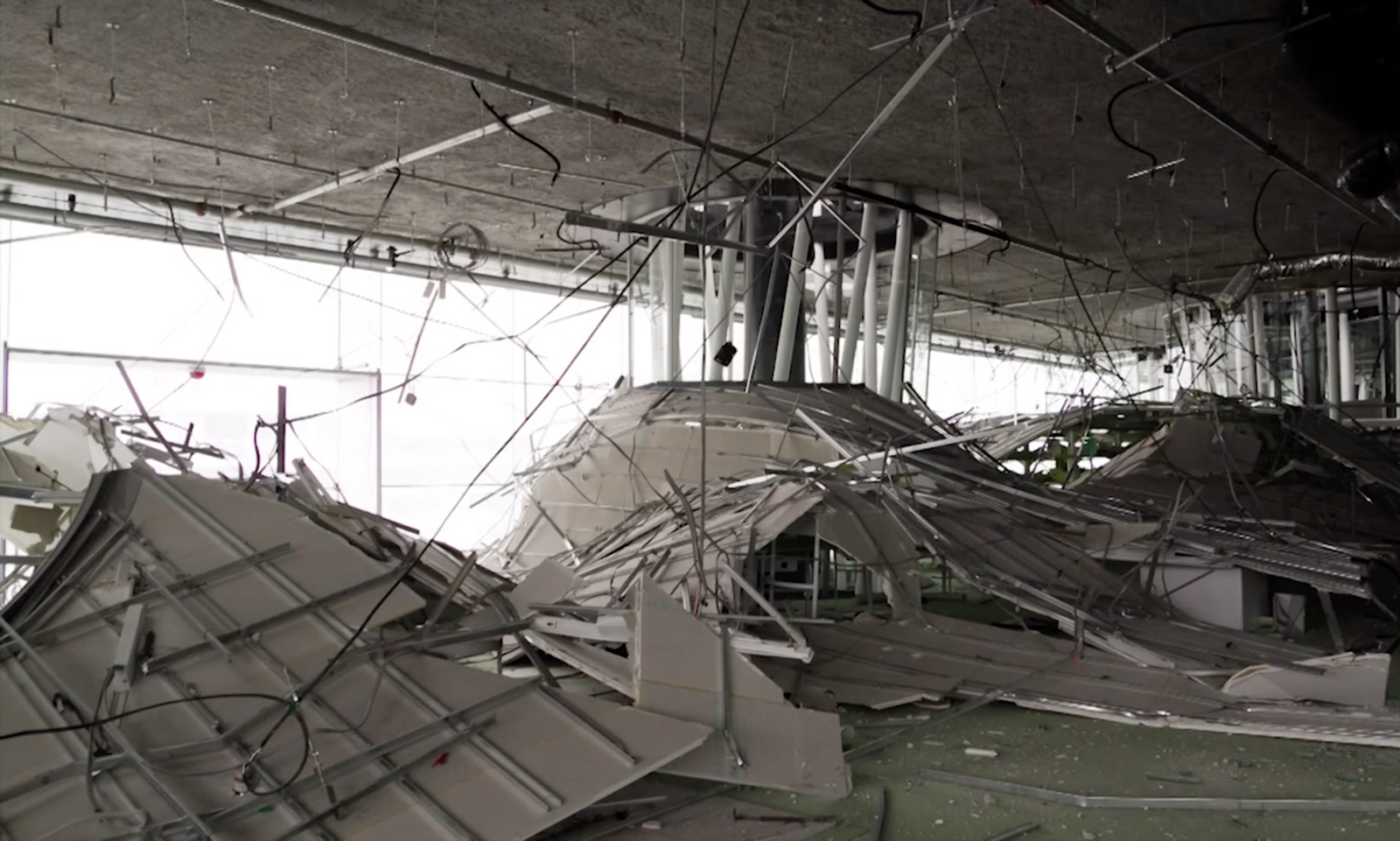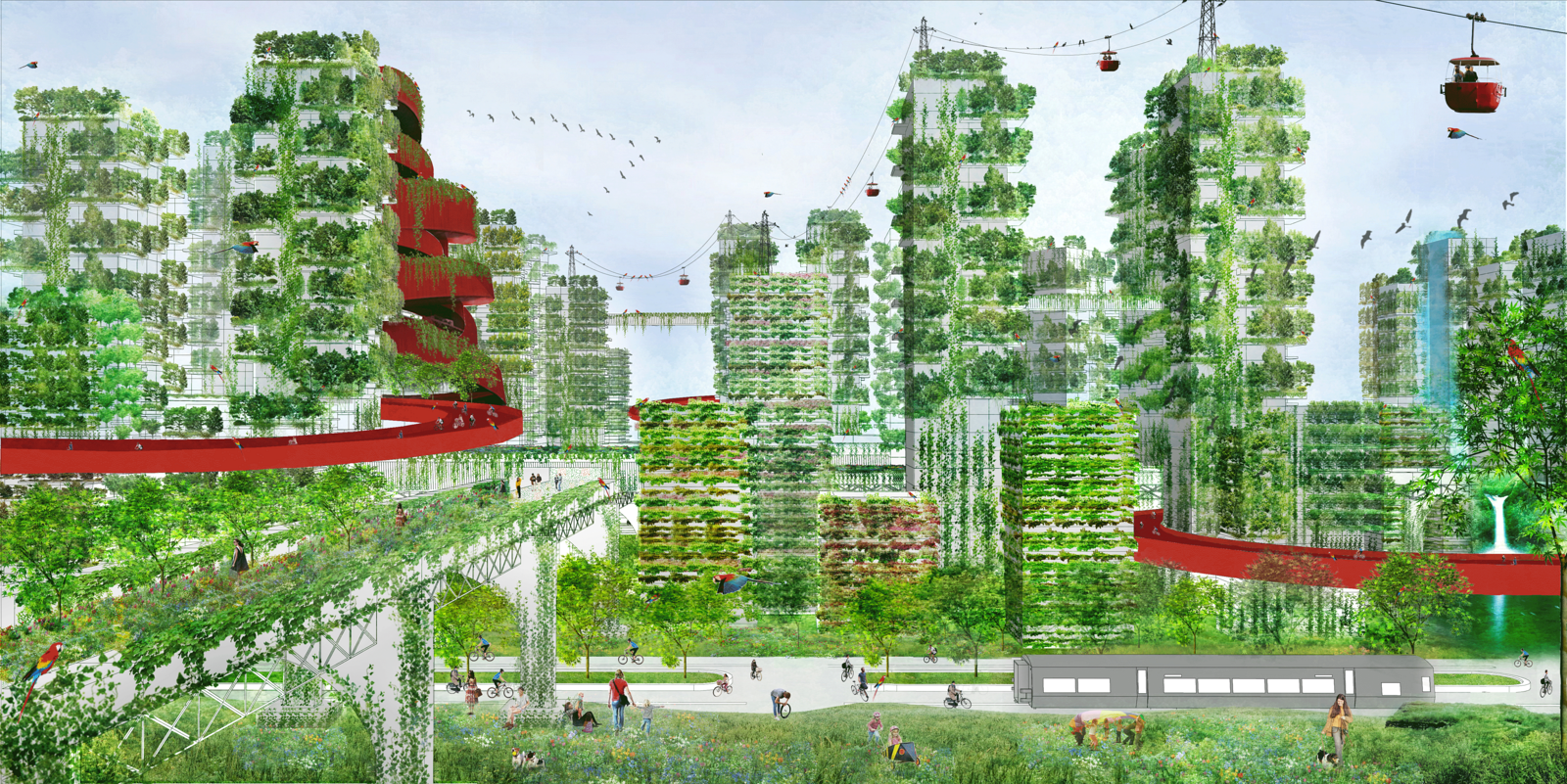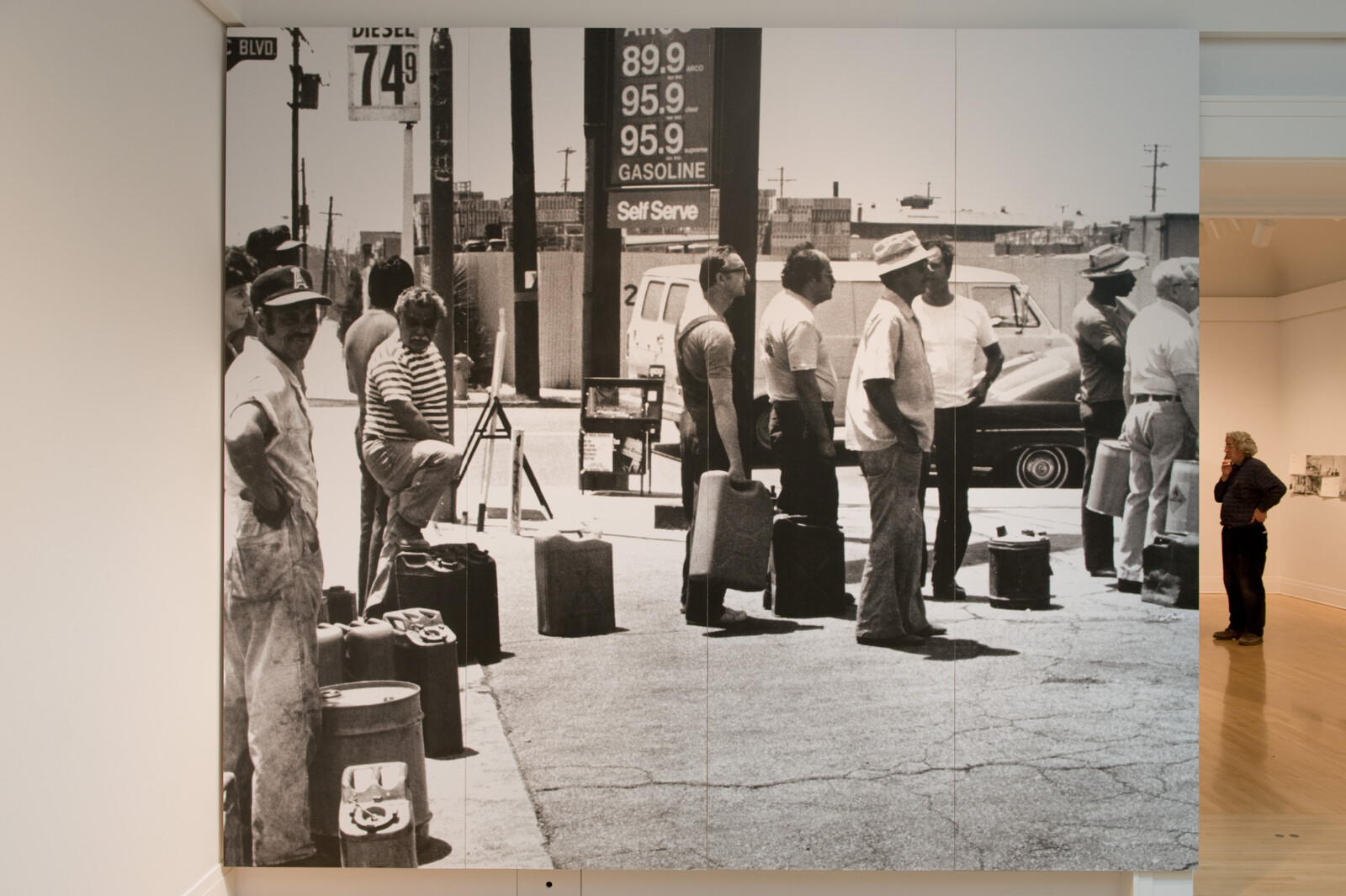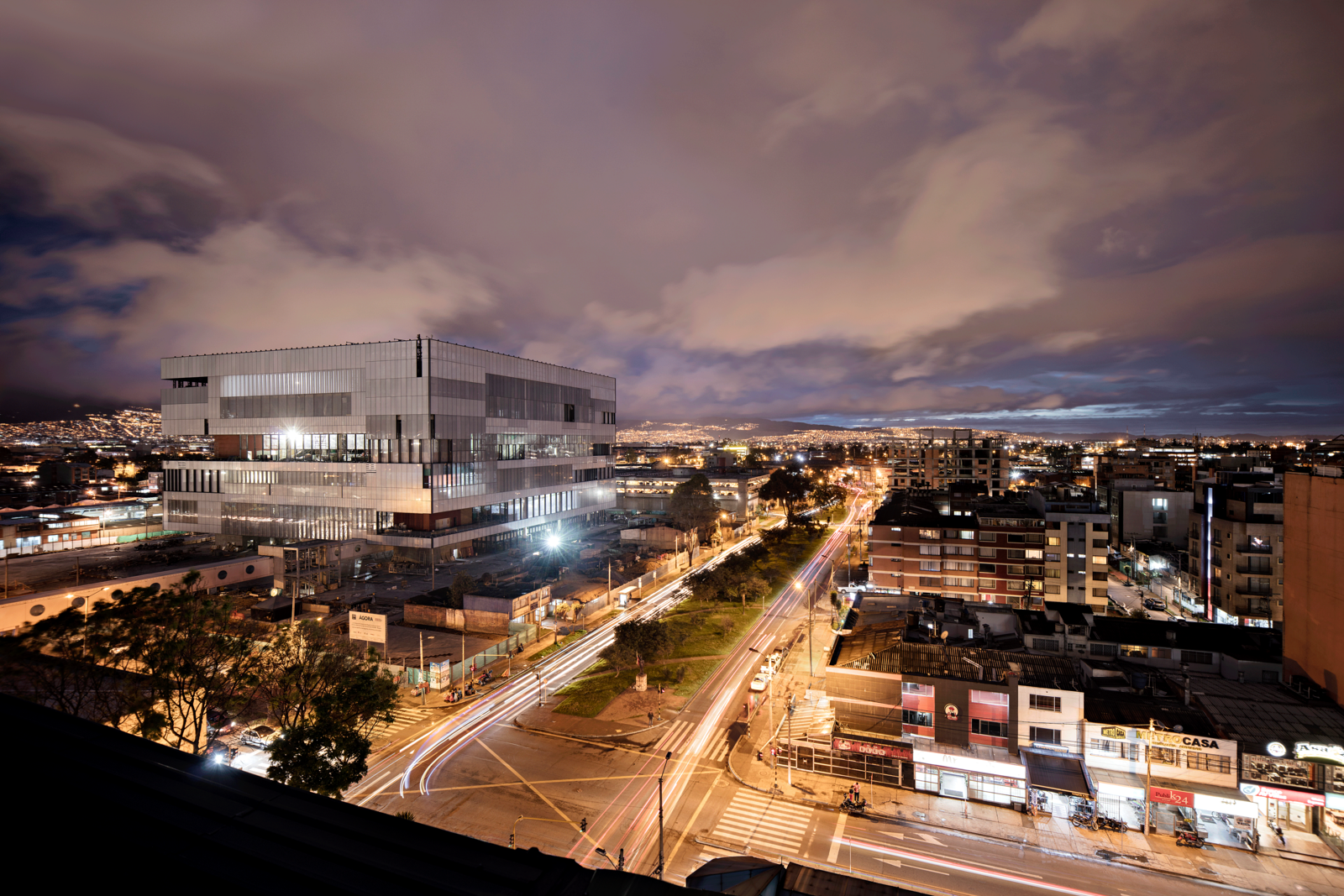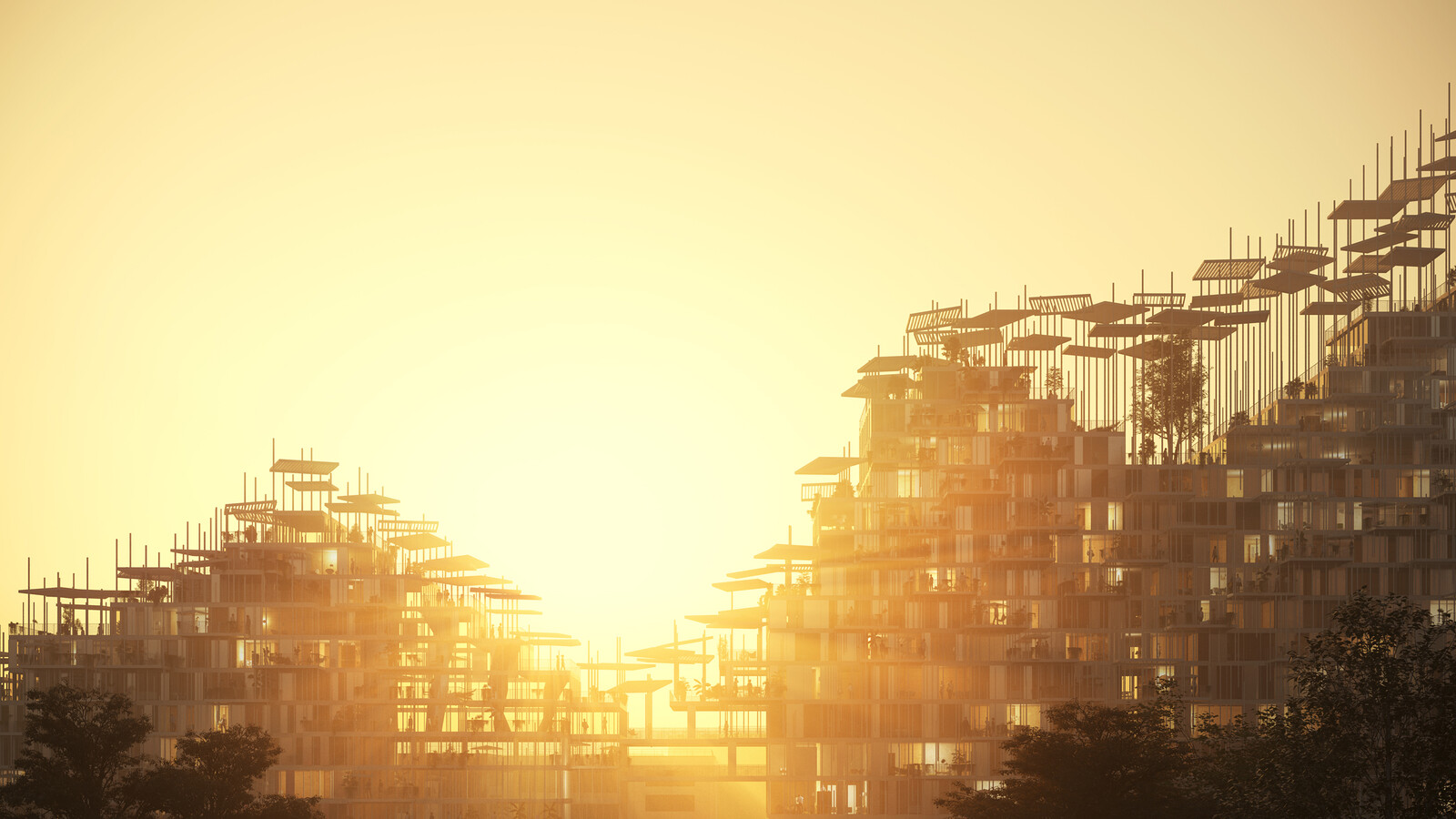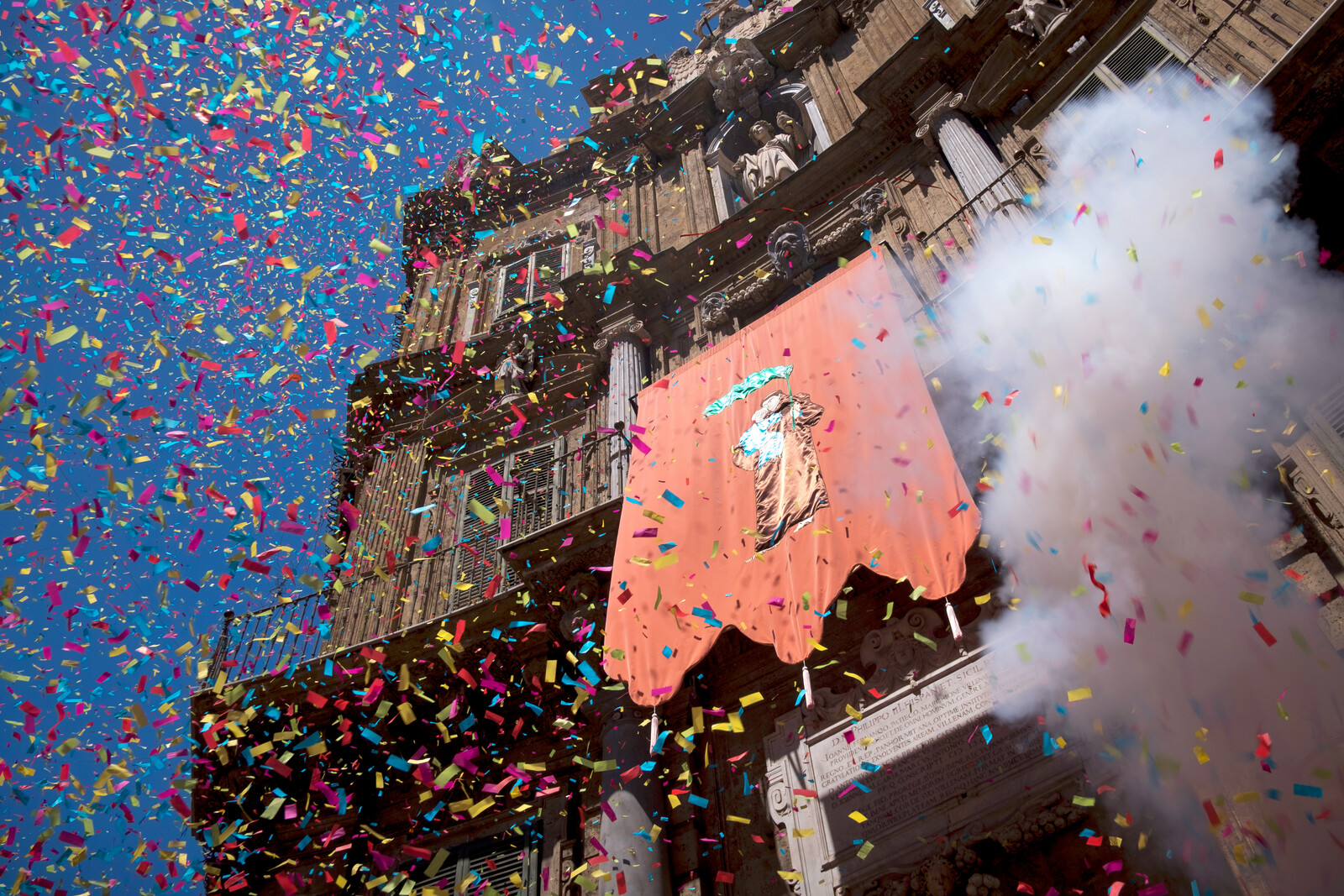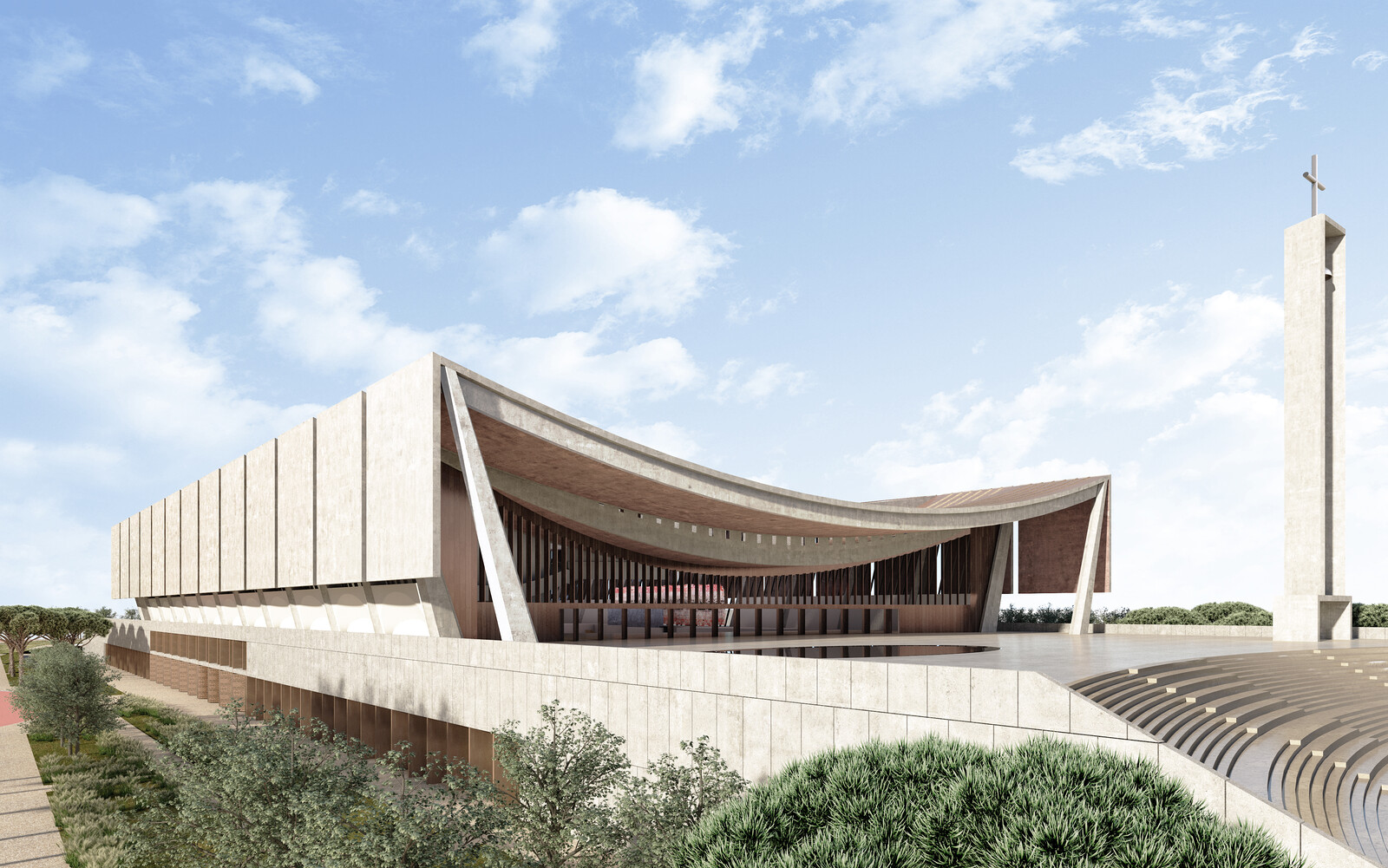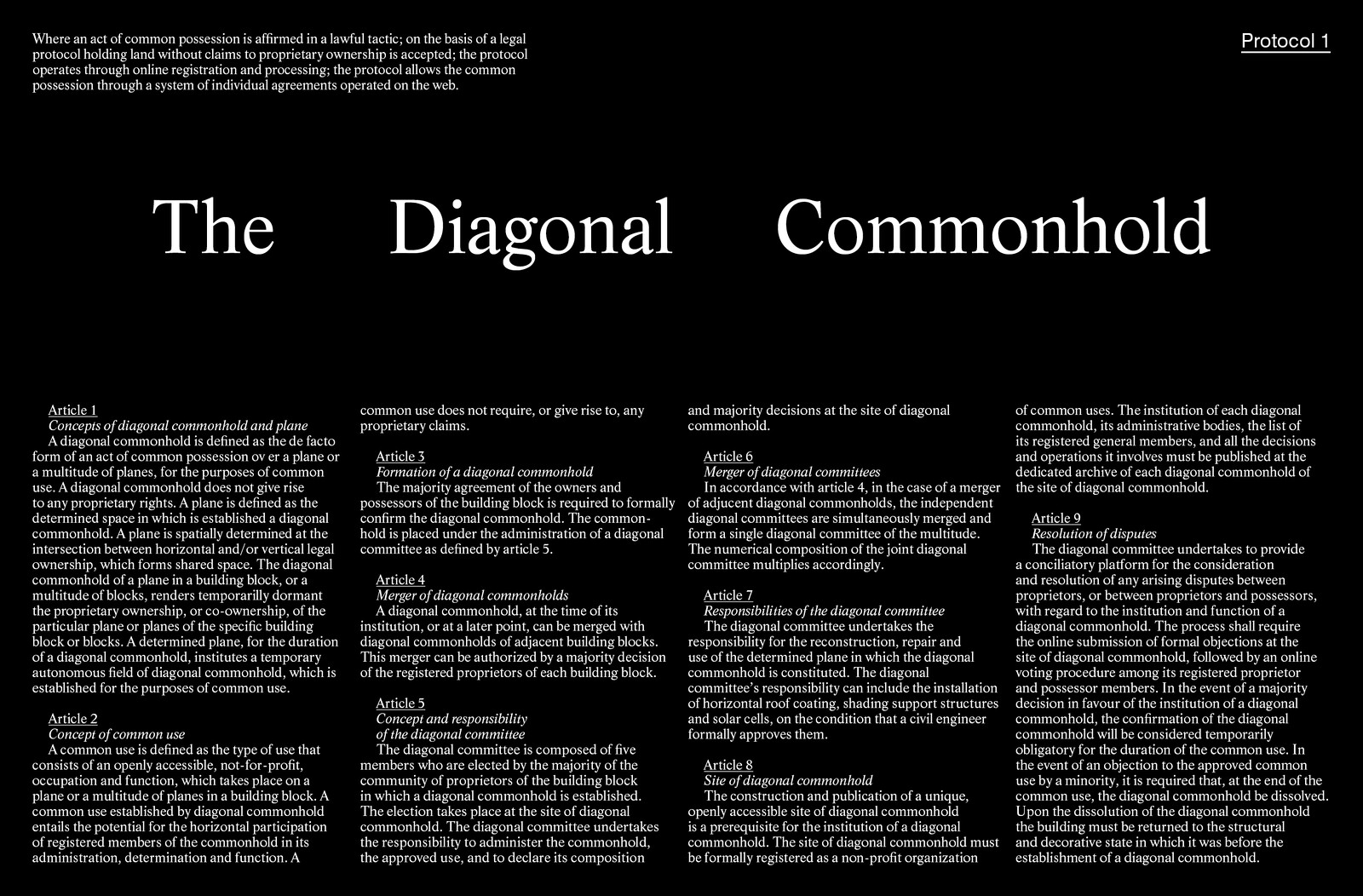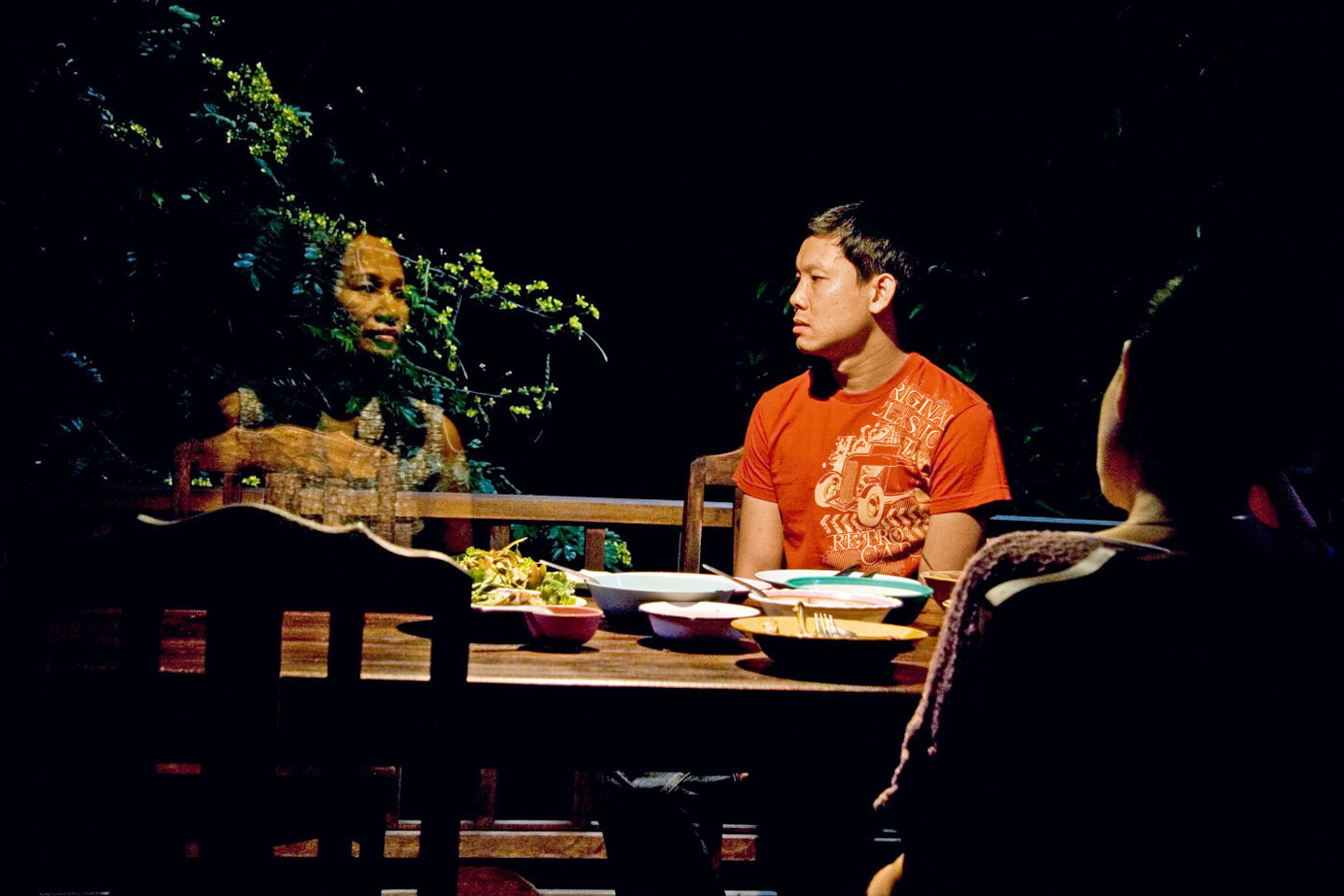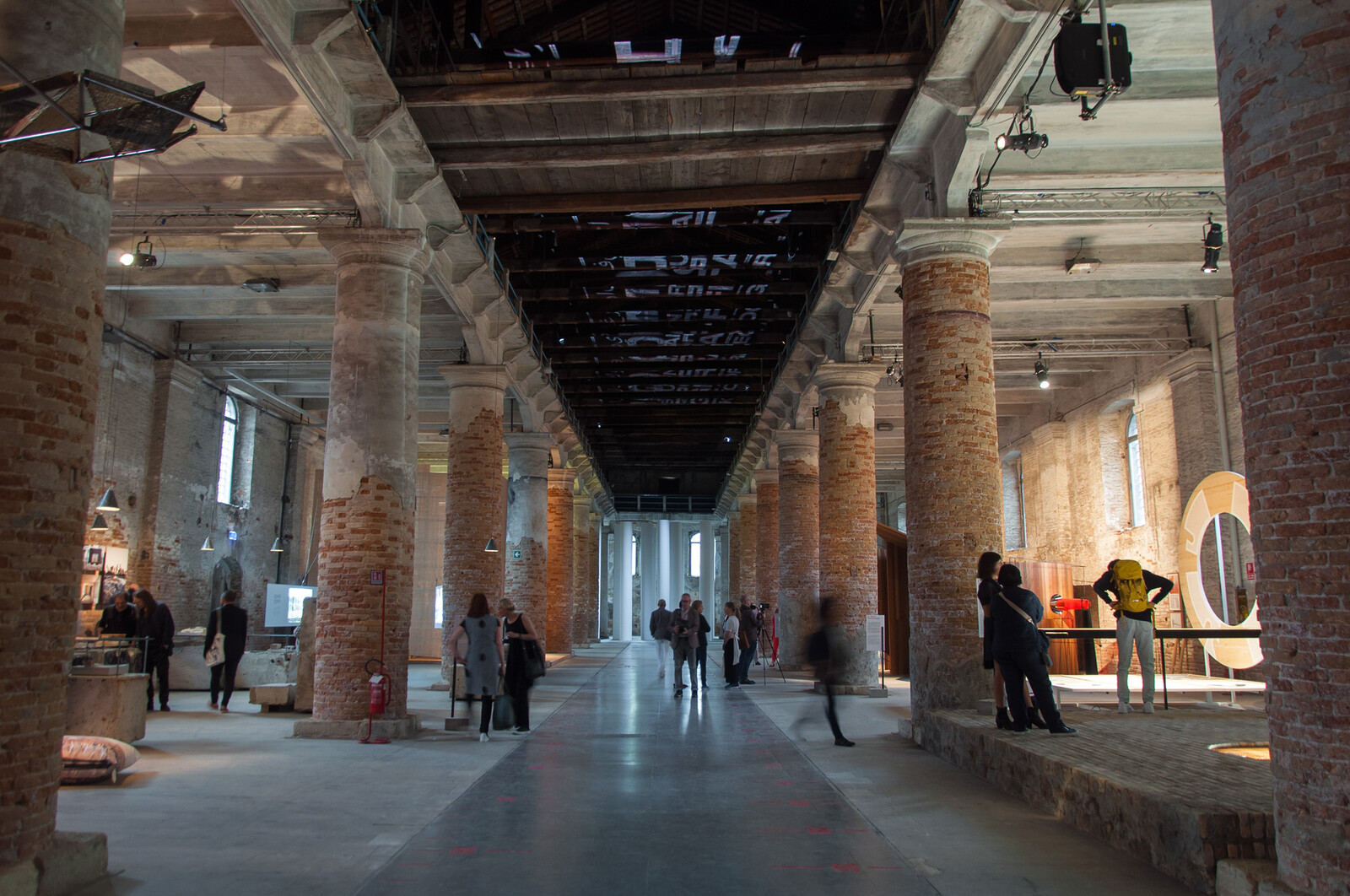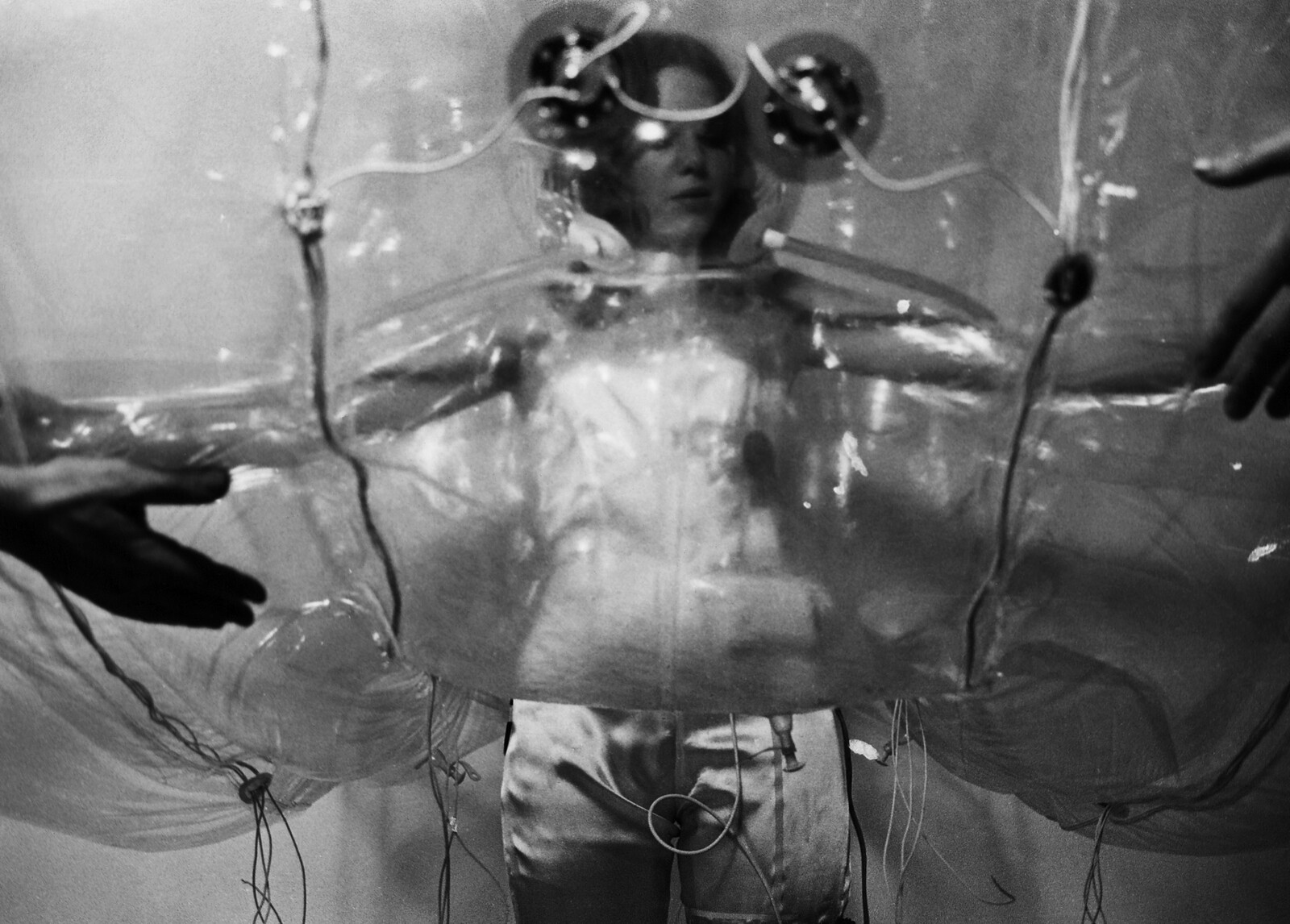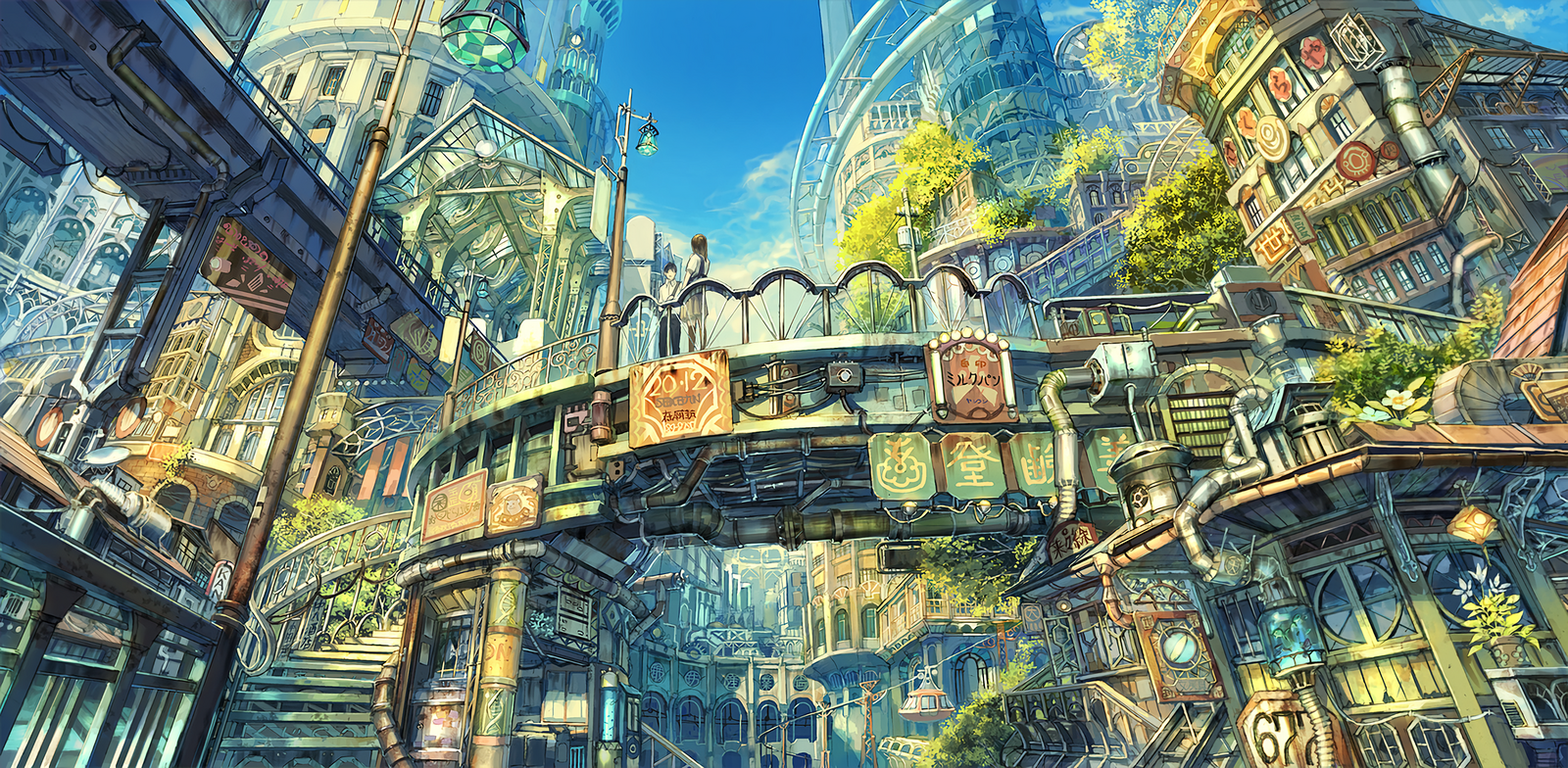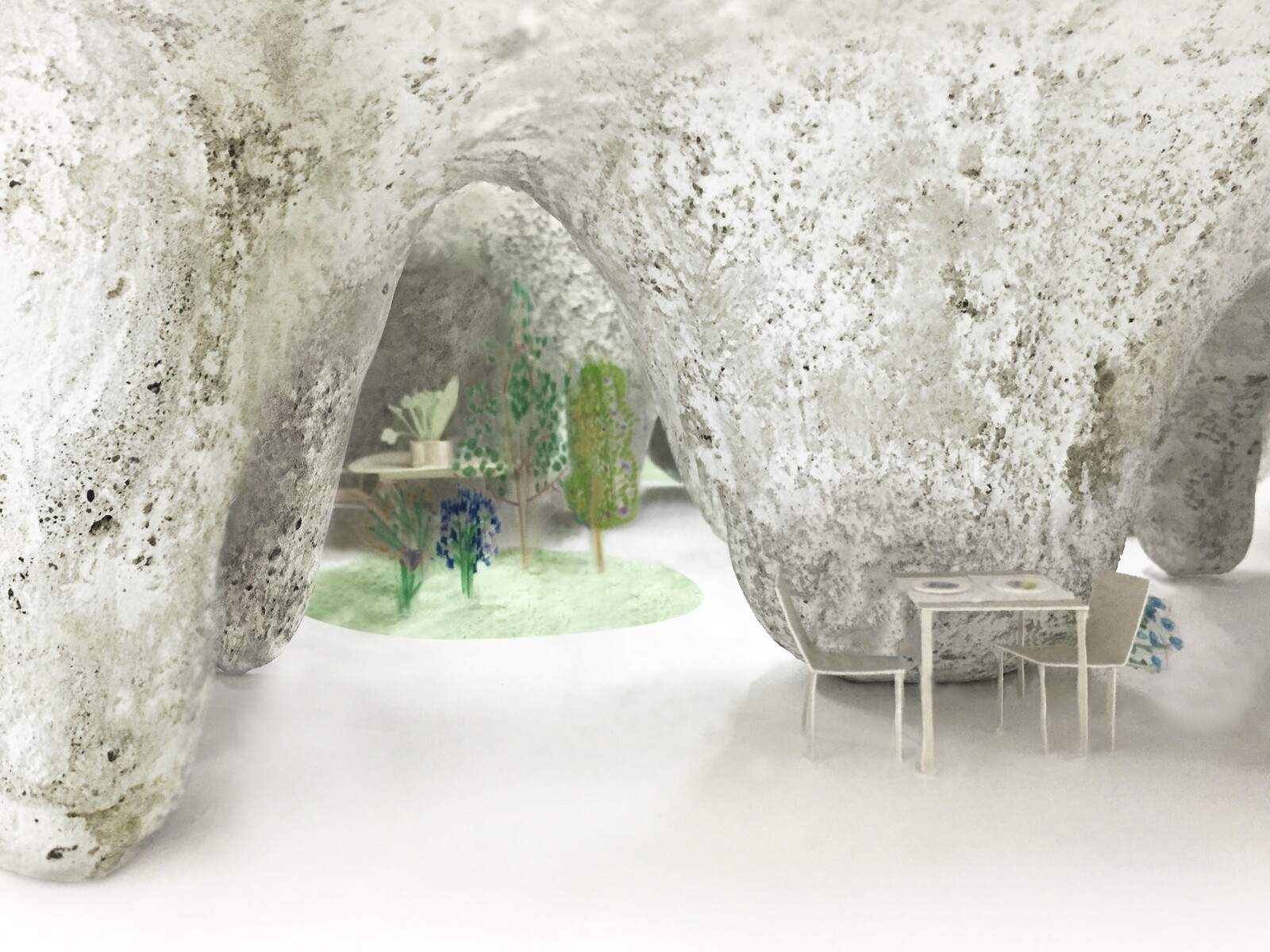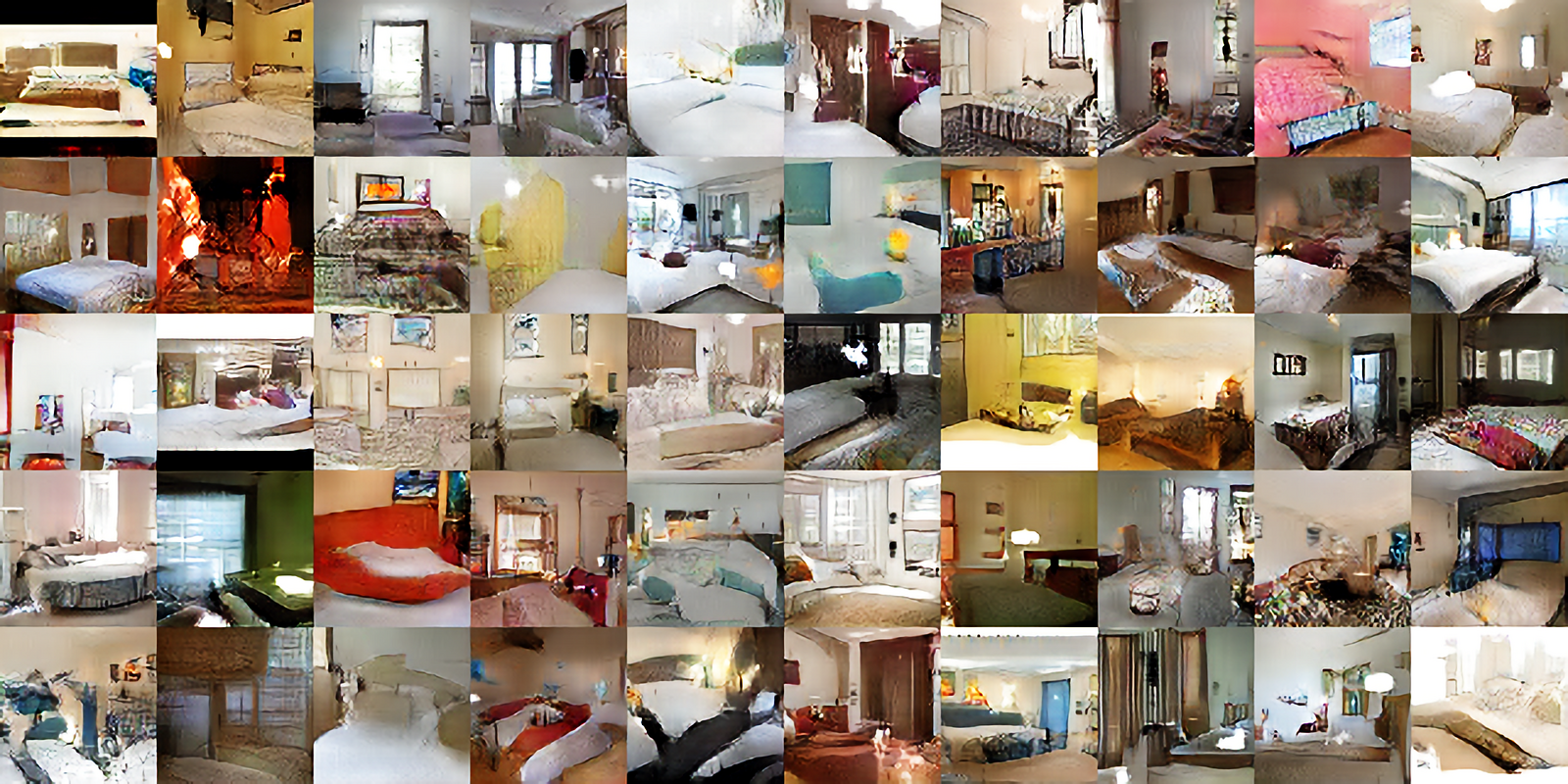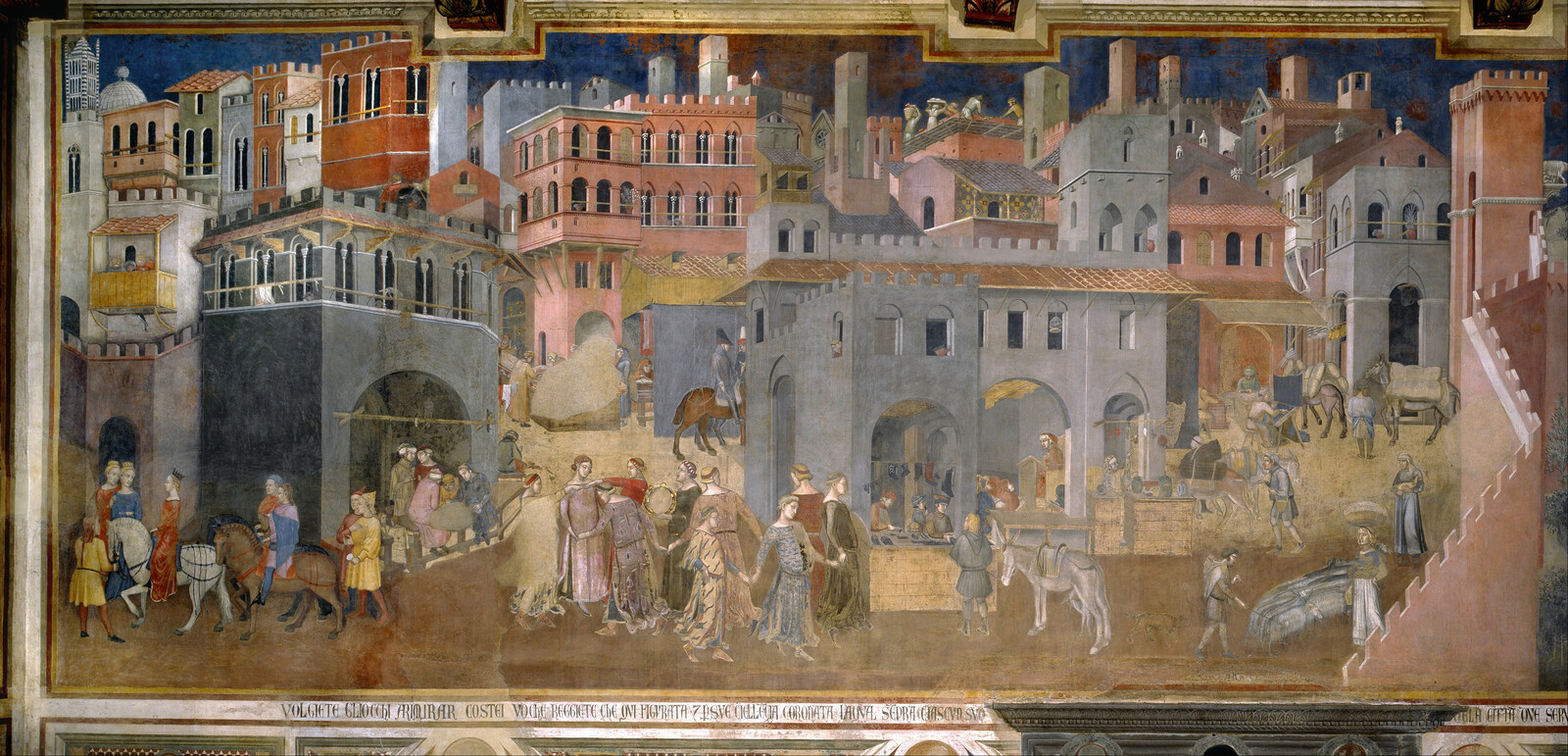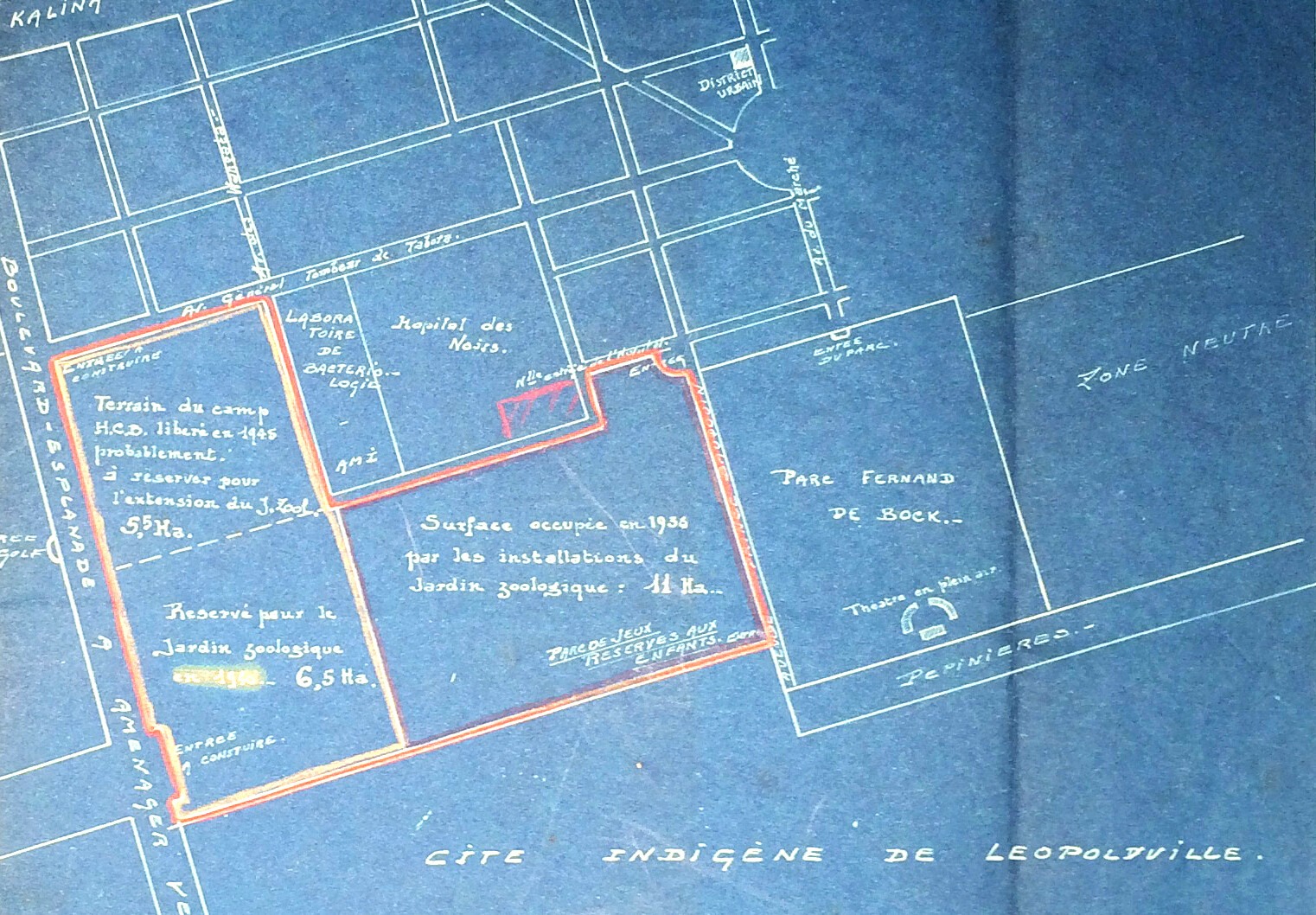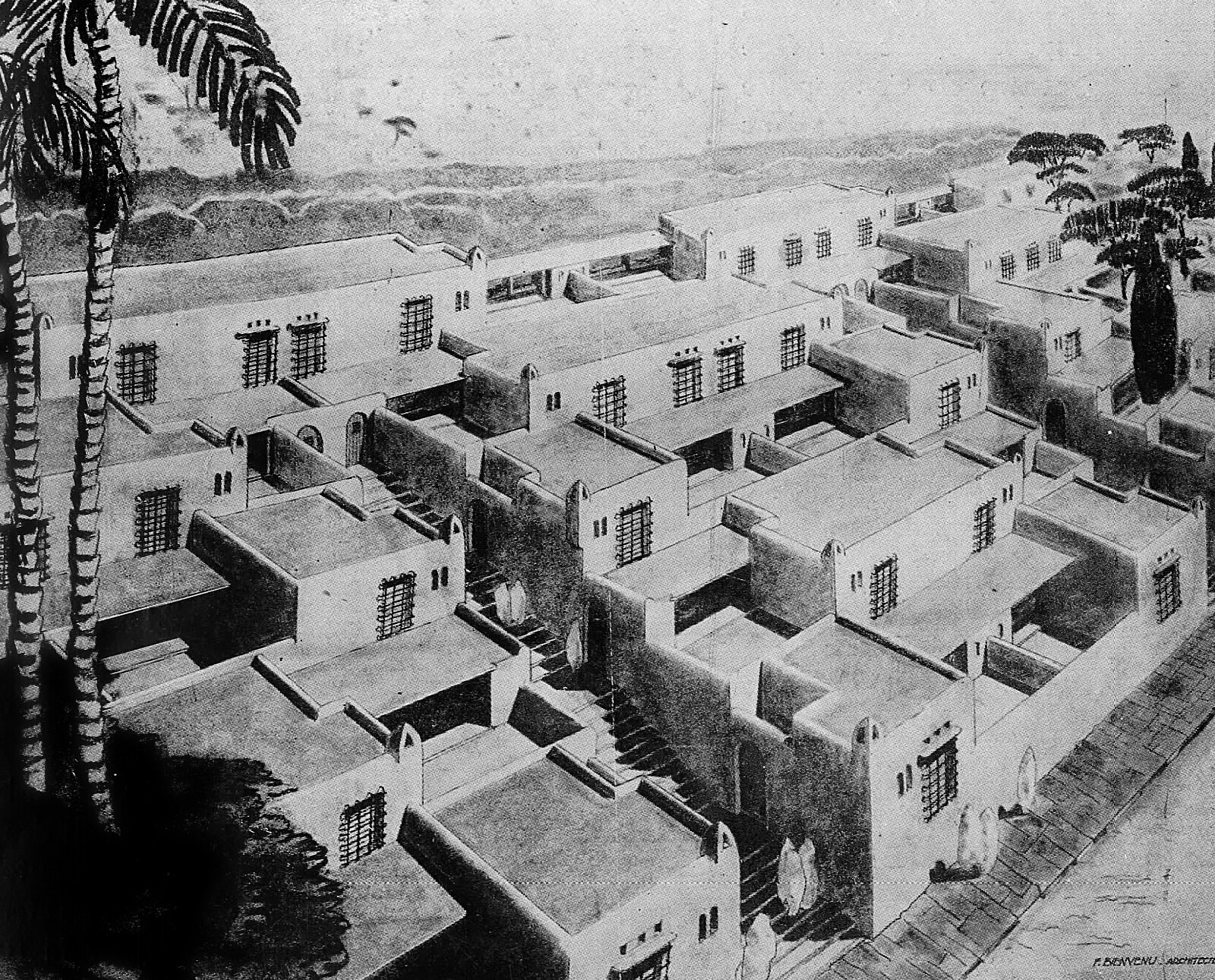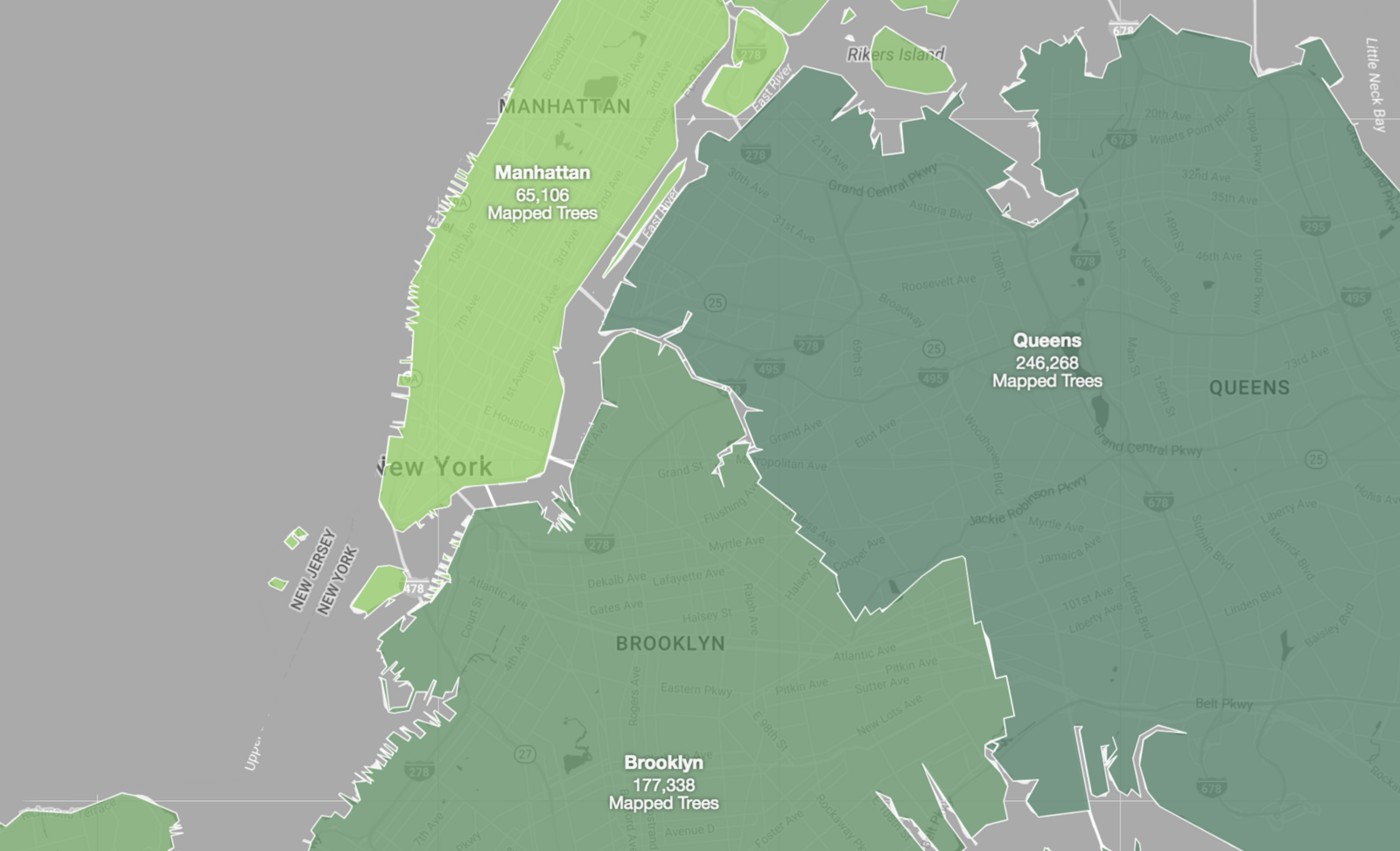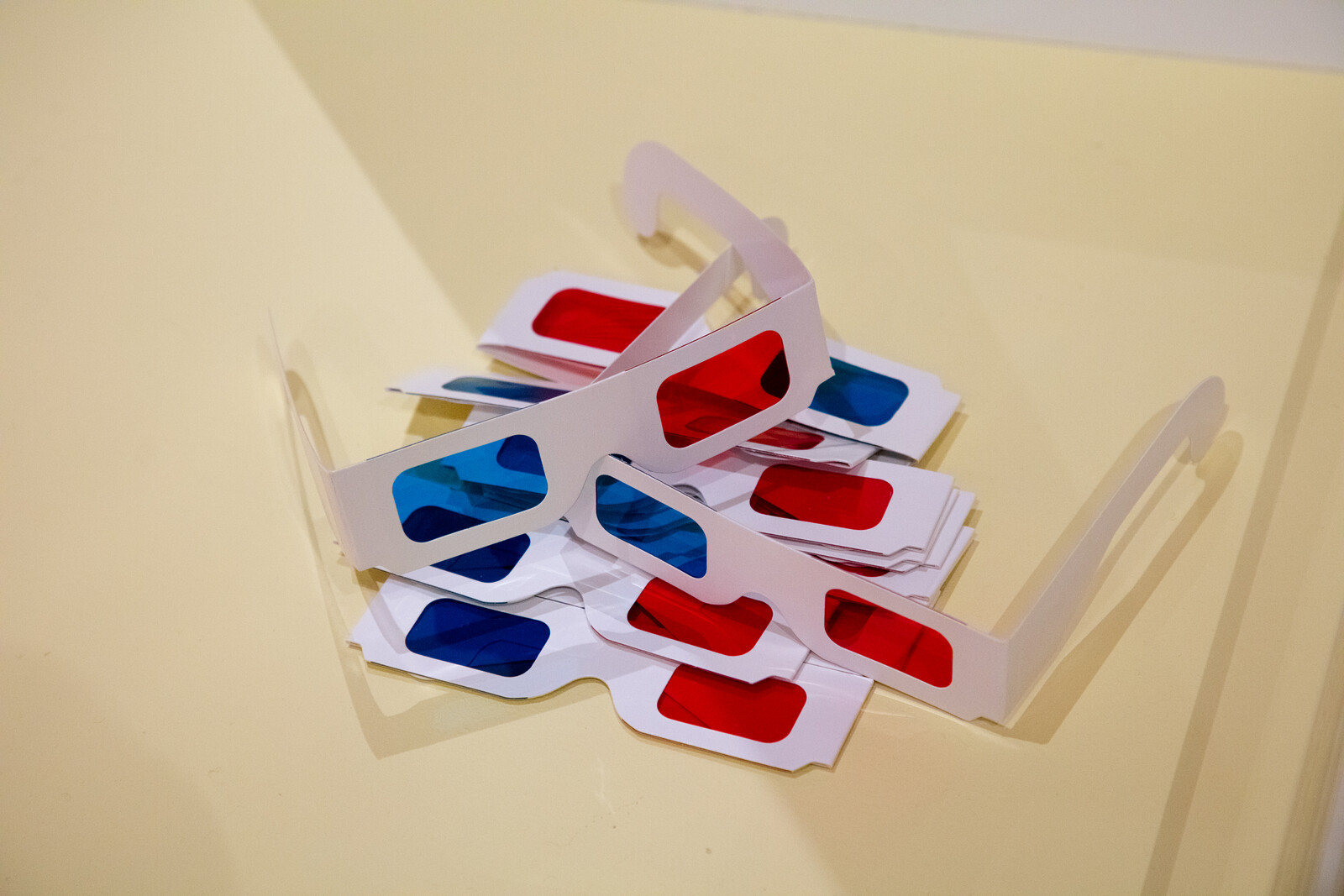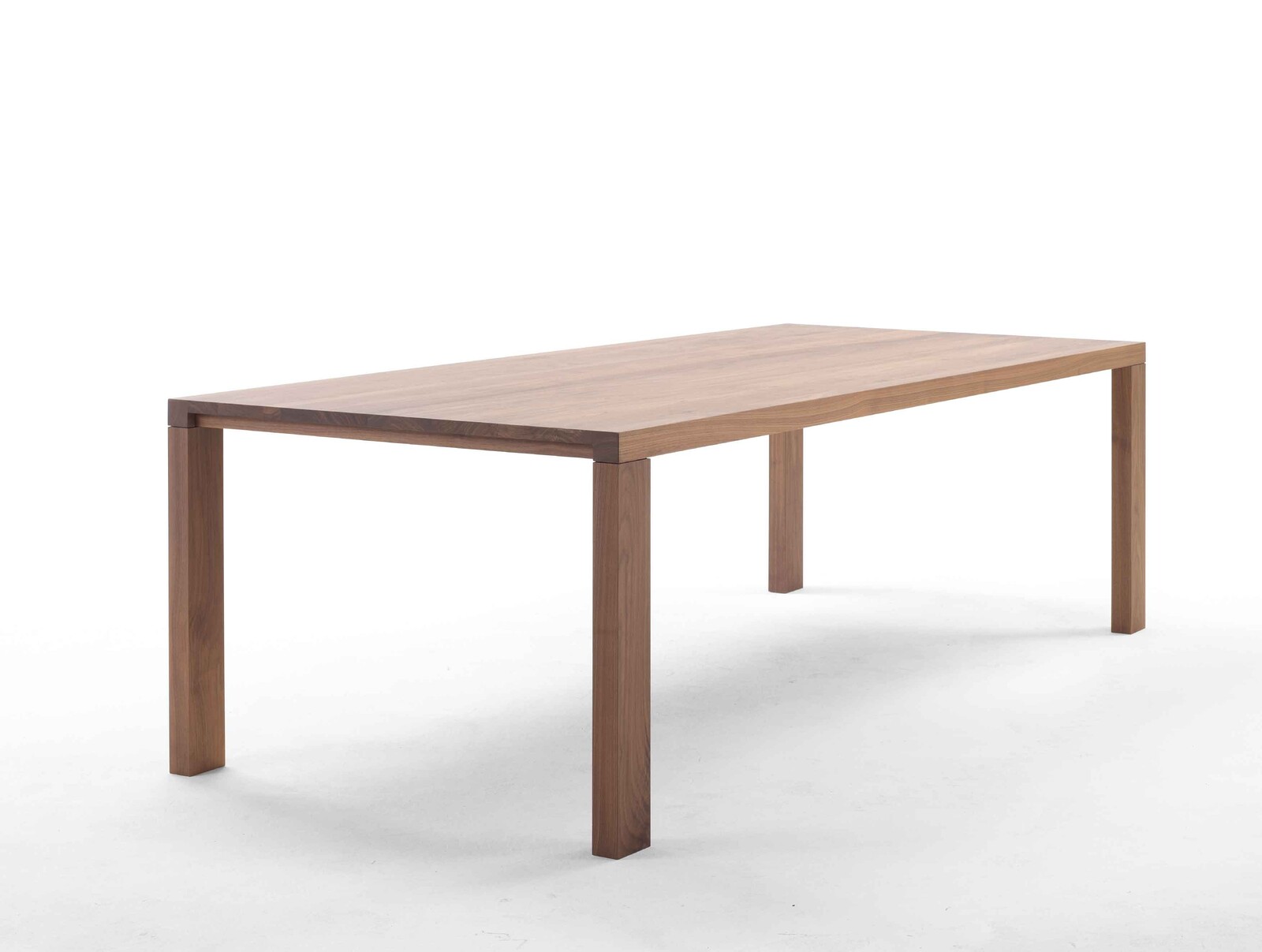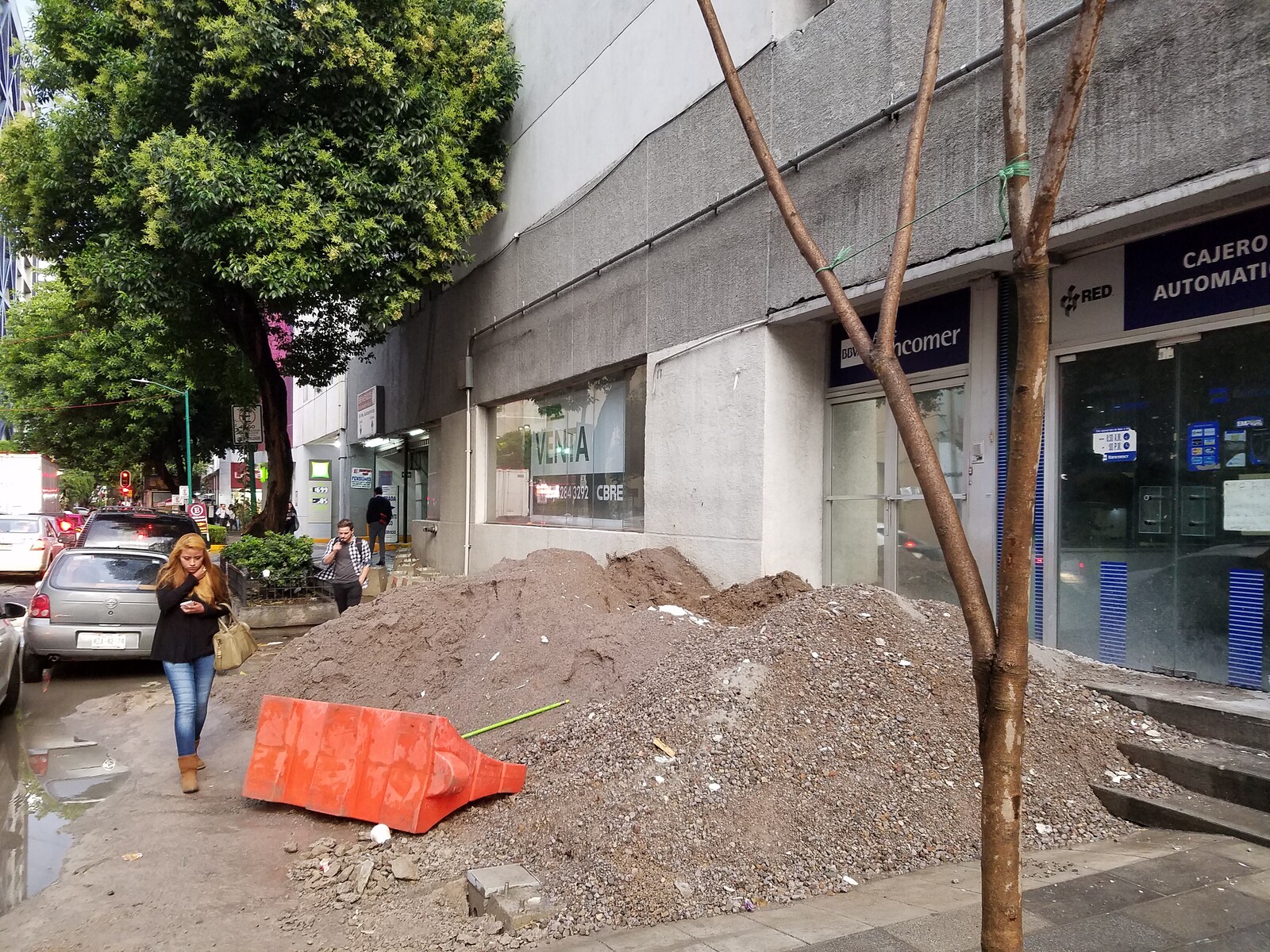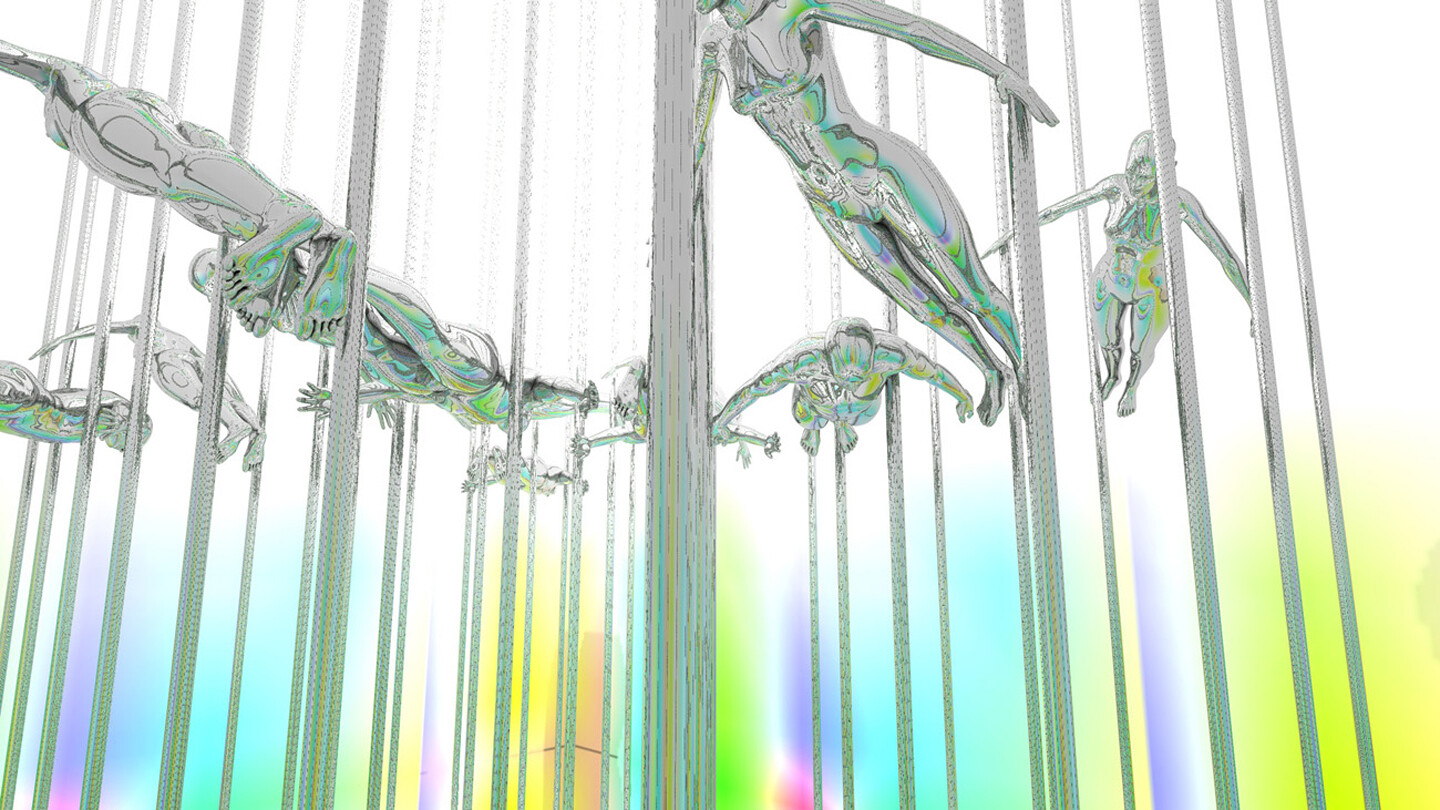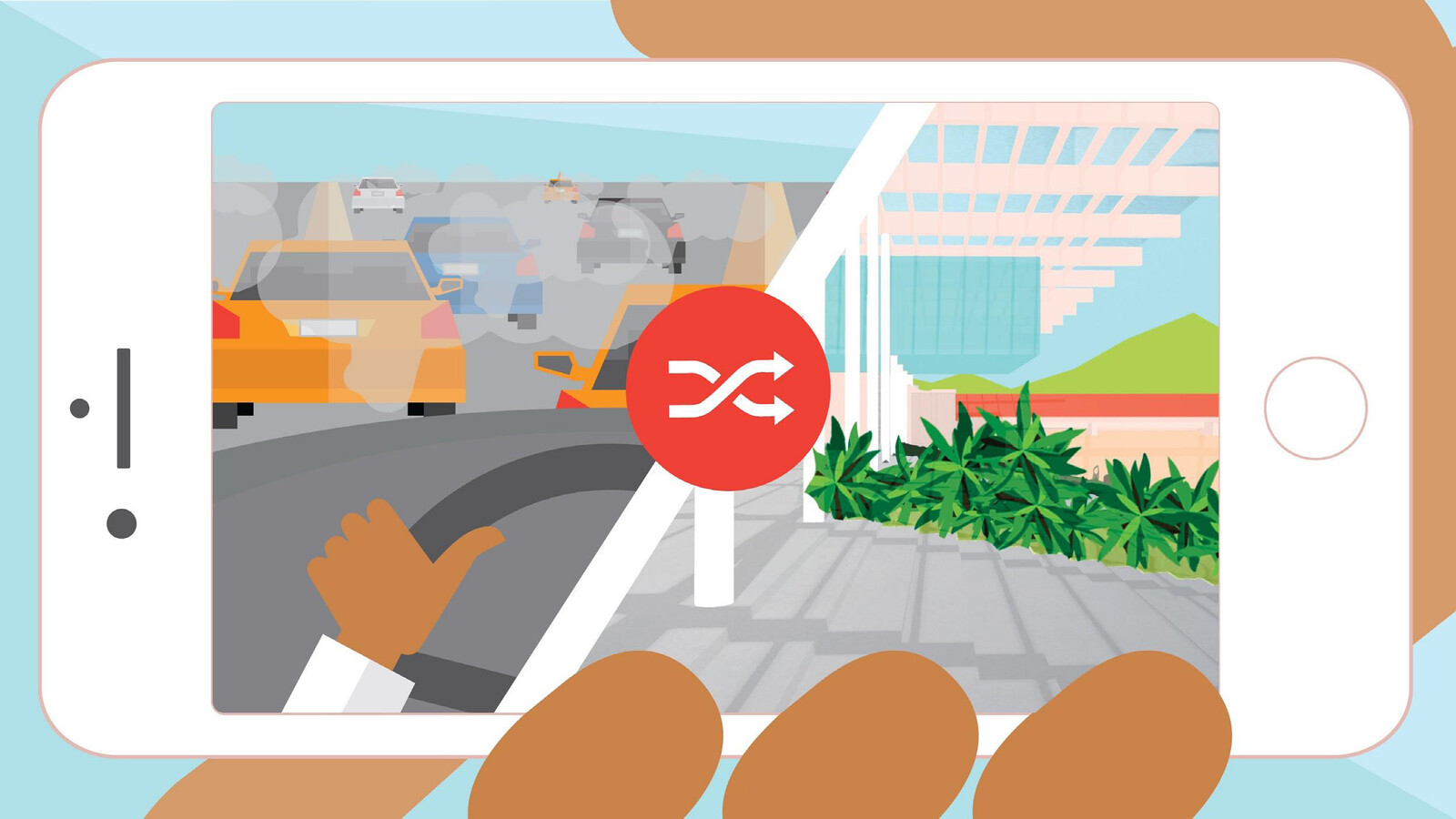Nick Axel Architecture features prominently in your virtual reality and simulation work as a narrative device. How do you see the medium of open-world digital environments with regards to architectural discourse and practice?
Lawrence Lek In architecture, there is always a discussion about the representation versus the real, or the relationship between the drawing and the built object that sometimes comes at the end of the process. My reading of simulation is just a continuation of this discourse, that it is the speculation of a design that exists through the very act of representation, before and regardless of whether it will ultimately be built. Many debates I experienced at architecture school were about digital architecture or 3D rendering being somehow fake or false, whereas the built object was the authentic thing. But I always thought that what is the “authentic” thing is a projective idea of a space, which doesn’t necessarily need a physical construct to exist. My interest is in thinking about architecture as a vehicle for futurity, where the structure that is promised is a complete fiction until it actually exists in reality, by which time it exists primarily as an image or an icon, as much as it does a physical space.
NA It’s interesting to think about this in relation to the trajectory of your recent simulation work when it comes to how you engage with references. In Bonus Levels (2013–ongoing), you re-created and modified existing spaces, like the Royal Academy in London, Anish Kapoor’s ArcelorMittal Orbit sculpture, Paxton’s Crystal Palace, and Dalston, East London. In these projects, it’s almost like you returned a certain very real building to a drawing. But in your more recent work, like Nøtel (2015–ongoing), you base the environments on real places, like Canary Wharf and the Hague Security Delta, but you ultimately design the architecture yourself. How do you engage with pre-existing architecture, and what does it mean for you to leave the world of reference behind and go to a space of more radical imagination and creativity?
LL Bonus Levels was a way to draw upon the language of video games to extend and play with the boundary between the existing and my own imagination of what a building might be. This is quite common in video game culture (and costume period dramas as well). Take, for instance, a game series like Assassin’s Creed, where you have two different time frames: one in the present and one in the past where, for example, you can visit the Pyramids both in the time of the Pharaohs and in the present day, or jump between medieval and twentieth-century Paris. For some reason, in pop culture there’s something compelling about reliving the past while not having the risks of war, pestilence, and famine. Games give you a safe space to experiment and play within. For me, virtual worlds and simulations gave the space to experiment with design. I was initially hesitant to create spaces out of nothing, which comes from a resistance I have to algorithmic or digital form-finding in architecture, but I’ve increasingly been making more fictional spaces that are still context-specific. My film Geomancer (2017), for instance, is set in Marina Bay in Singapore, but a twisted version of it. It’s the same physical structure, but global warming and the rise of automation and AI have caused immense social change. The buildings might look the same, but the mood and times are different.
NA When we engage with existing references, there’s often a social imaginary that already exists around them. This must put you in a different role with regards to the type narrative that you want to, or are able to create, than when you’re creating your own context, where you have to create a narrative framework to understand what the world is.
LL There are understandings of architectural design as a cinematic space, for instance in the early works of Bernard Tschumi or Diller + Scofidio, which play with and apply the tropes of cinematic visuality to architecture. For these architects, and the analog paradigm of filmmaking they drew from, montage was necessary to create the illusion of continuity. This is not entirely dissimilar from open-world video games today, but it happens in very different ways, and has dramatically different implications. The actual process of simulating an open world is quite intensive. Computational power is not unlimited, and there are tricks to make a player feel that they’re free but are in fact totally constrained, so that one world can unload while another one loads. That’s the reason why in many games you have to go through corridors and valleys; it’s like this computational enfilade space. Contemporary expectations are for seamlessness though; for not breaking the fourth wall, not pausing, but of perpetual real-time. And it’s no longer thirty frames per second, it’s sixty frames per second, or even ninety in VR. There is always a limit to the speed of the simulation, but the refresh rate is becoming more and more hyper-real. That’s fascinating to me, because if you look at a game that’s five years old, it’s dated in a very strange way; maybe in a similar way to how black-and-white film or silent movies were seen after the advent of color.
NA How do you think this relates to architecture?
LL Well, there are still architectural purists who think that the real tactile environment, the phenomenological world of our five bodily senses, can never be exceeded. But there are now things like real-time ray tracing, which calculates real-time light bounces in a simulated, physical way. It’s not cheating anymore; it’s simulating physics. As computation has become more modeled on physical space, light, and sound, my own engagement with real architectural space has changed. Most buildings built today originally existed as a rendering, and prominent traces of that process tend to remain in a building’s execution.


Lawrence Lek, FTSE (Farsight Stock Exchange), 2019. © Lawrence Lek, courtesy Bold Tendencies, London. Photography: Damian Griffiths.
NA This perhaps isn’t so much a paradigm shift as it is an intensification of previous tendencies. And the collapse of the virtual and the real is not a particularly new phenomenon. Even Piranesi was doing it. But today it’s possible to look at a building and see the software that was used to build it, be it Rhino or Revit or ArchiCAD.
LL Exactly, just like before when you could read from a building the type of training its architect had, what school they were from. Or from a more postmodern perspective, what kind of aesthetic signifiers they were dealing with, or what kind of shed they were trying to decorate. But to go back to the limitations of my own process, I’m much more interested in designing buildings that are literally symbolic—what Robert Venturi and Denise Scott Brown would call “ducks,” or architecture intended to be read as what it literally is. In FTSE (Farsight Stock Exchange) (2019), for instance, a recent project at Bold Tendencies in London, I designed a fictional FinTech incubator skyscraper in the shape of a pound sign over the public art space, which is on the top three floors of an existing car park. When I’m dealing with a satirical approach to public space, I feel that being super literal about what I’m playing with is appropriate.
NA Maybe here we can speak of slightly larger, cultural questions. Whether it’s through video games or blockbuster movies, there’s an increasing cultural familiarity with simulated environments. How do you think that has influenced how the built environment is viewed, valued, and related to? You’re drawn towards architectural-scale symbolism or iconography in simulated environments, but can it also be understood as a statement on cities?
LL My reading is of architecture as a symbolic language, and a very specific kind that, unlike the written word or speech, contains both an inside and an outside. What’s interesting for me is that this boundary condition exists on many different levels; most simply the act of being inside and outside of a building, but also the architecture of inclusion or exclusion in society. But going back to Piranesi, it’s an interesting example because his images didn’t exist in isolation. They were published as books, as a series of visions of ancient Rome. With the seriality of those images, one can’t help but read a narrative into them; not just the individual image, where your eye traces a journey through the space, but between these different landmarks or monuments that are frozen in time.
NA There’s a utopia to his project. It creates its own world, and especially with the plan he drew of Campo Marzio (1762), you can imagine all of his visions existing within the same city. That’s quite similar to the way that Bonus Levels was literally set out in within the map of England.
LL Exactly. Piranesi wasn’t inventing these fantastical spaces; he was sampling existing structures and recombining them in new ways. It’s complete simulation! And not just in the surface treatment of these ruins; it’s not like weeds weren’t growing on the columns already. What he did was make the weeds overgrow the columns so that they became the columns themselves. For me, working with digital design and not ancient ruins, I similarly embrace the glossiness of what the medium itself wants to do. So instead of making textures look more worn, which is a common trope in simulations that appeal towards photorealism, I enjoy the glossiness of the building in its state of perpetual perfection, as if it’s just opened thirty minutes ago, before the weeds have had time to grow.
NA Piranesi extrapolated on a cultural tendency of his time through a representational approach to architecture. Your work looks very different than his, but the approach to software, to media, is actually quite similar. There’s a mutual acceptance between your work and his that says: if images of architecture shape a cultural imaginary, the way those images are being produced and what they contain should be taken seriously.
LL Absolutely. Piranesi was creating these images when the very idea of history was a novel thing, and today is basically a mirror image of that. Contemporary culture is saturated by speculation and future-oriented thinking. Everything is promised “to come,” from new buildings and urban developments to the new Netflix series. It’s all about moving forward.
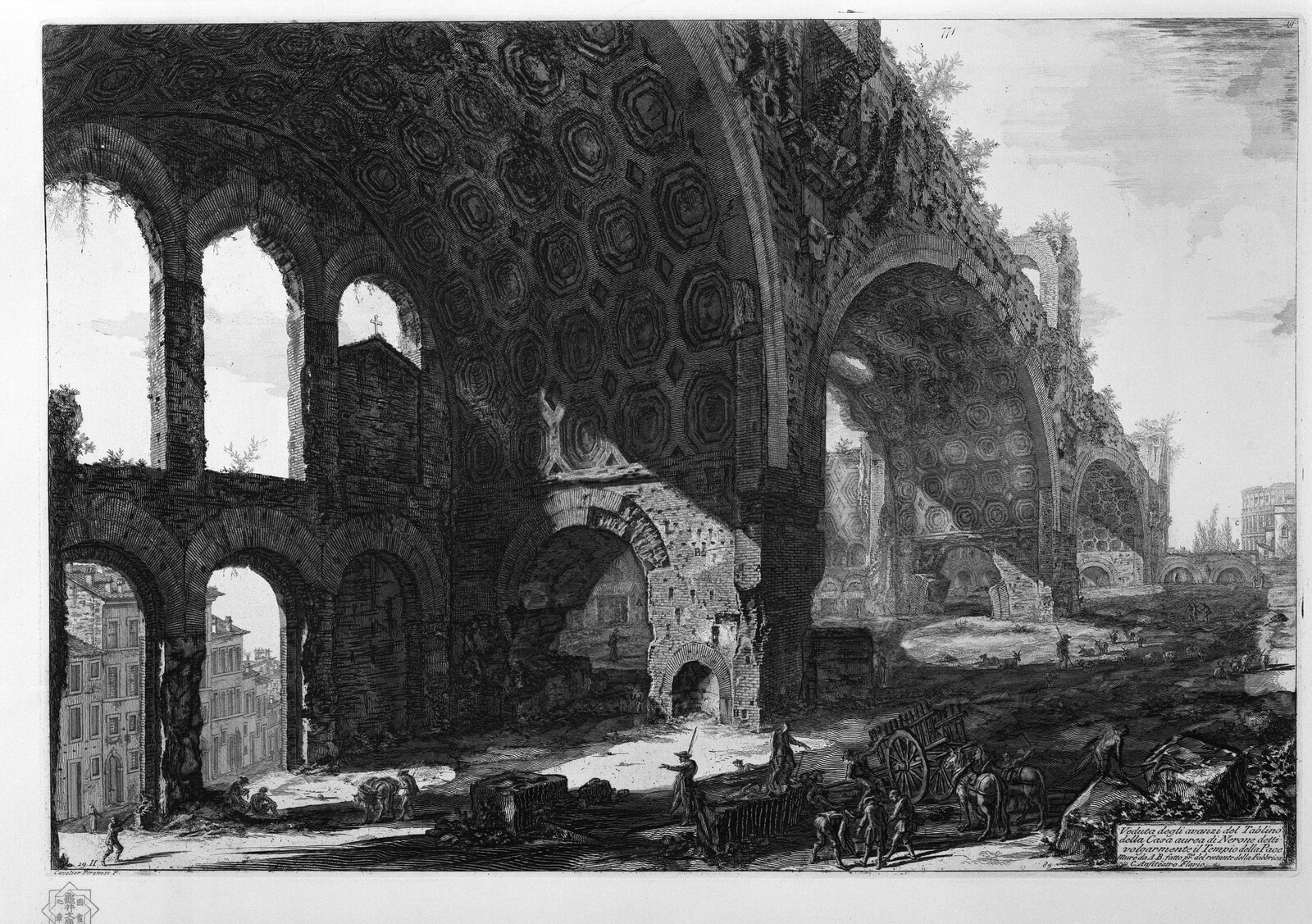
Giovanni Battista Piranesi, Veduta degli avanzi del Tablino della Casa aurea di Nerone detti volgarmente il Tempio della Pace, 1748–1774.
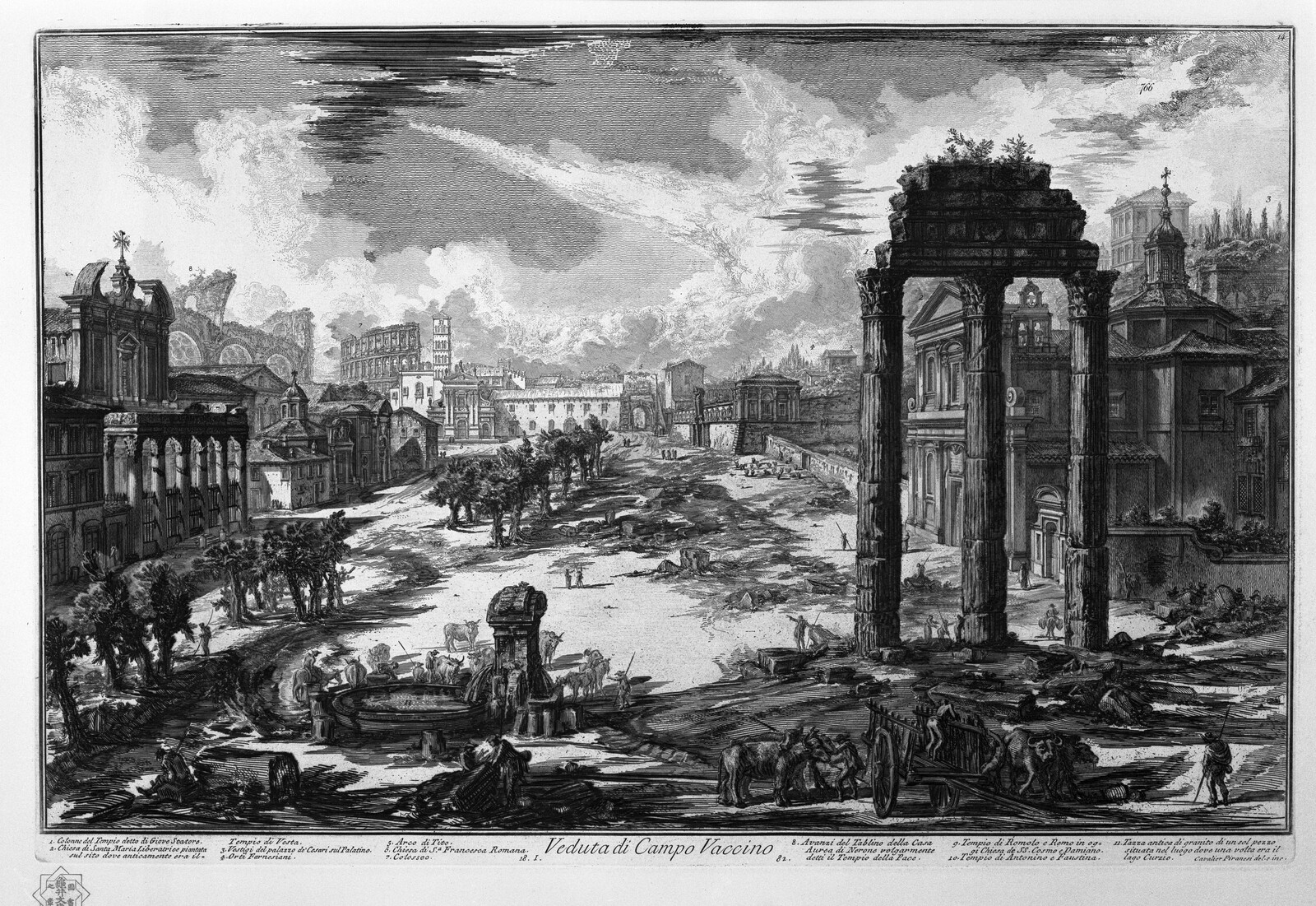
Giovanni Battista Piranesi, Veduta di Campo Vaccino, 1748–1774.
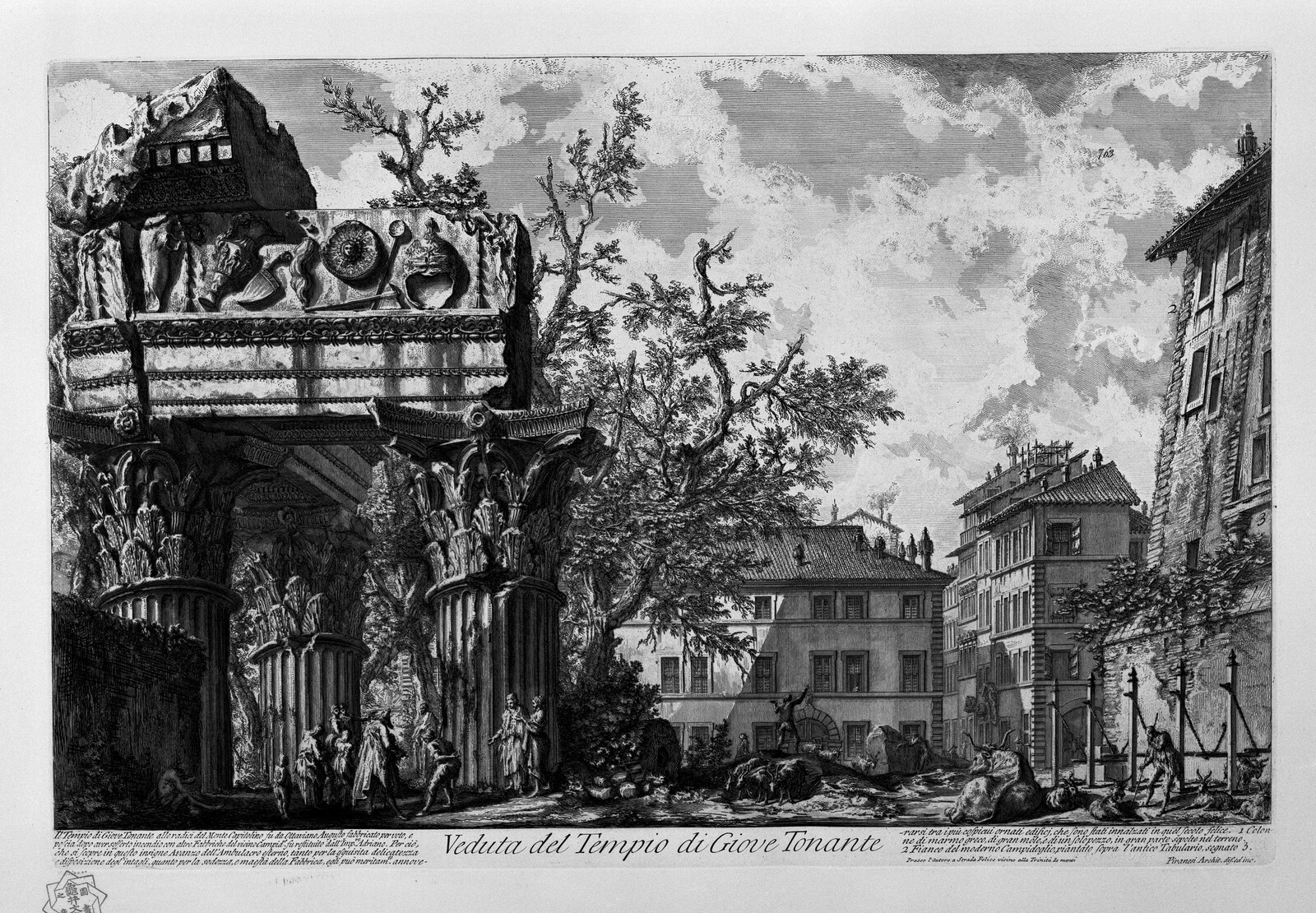
Giovanni Battista Piranesi, Veduta del Tempio di Giove Tonante, 1748–1774.
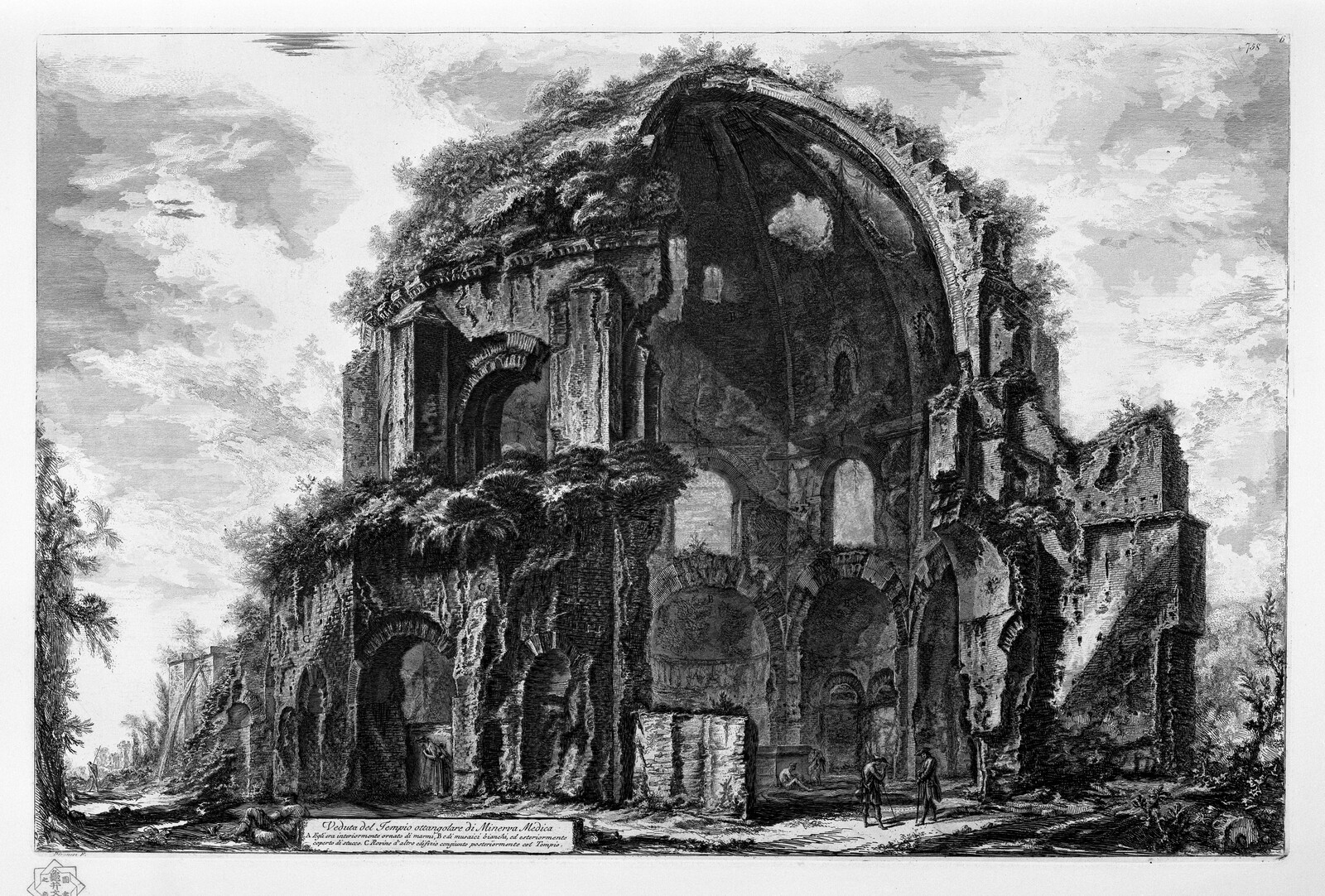
Giovanni Battista Piranesi, Veduta del Tempio ottangolare di Minerva Medici, 1748–1774.
Giovanni Battista Piranesi, Veduta degli avanzi del Tablino della Casa aurea di Nerone detti volgarmente il Tempio della Pace, 1748–1774.
NA What of the present, then, right? In that sense, can we read an ethical imperative in your work to make it a video game, and not just a simulation? Of forcing the viewer, the user, the player into the first-person perspective, back on the ground?
LL I’m interested in the idea of freedom. Not in this ethical, abstract, political sense, but simply in terms of a privileged point of view. For example, in some of my early Bonus Levels work, if you found a hidden Easter egg, it would teleport you to the top of a tower, where for ten seconds you could look at the world from above. To be able to look over the city is a utopian point of view. It can be a sublime experience, but it’s also the perspective of the power—the ruler’s point of view. This idea of access to a new point of view, in a very literal sense, is what open-world games engage with, just in the very nature of how they are rendered from a single perspective.
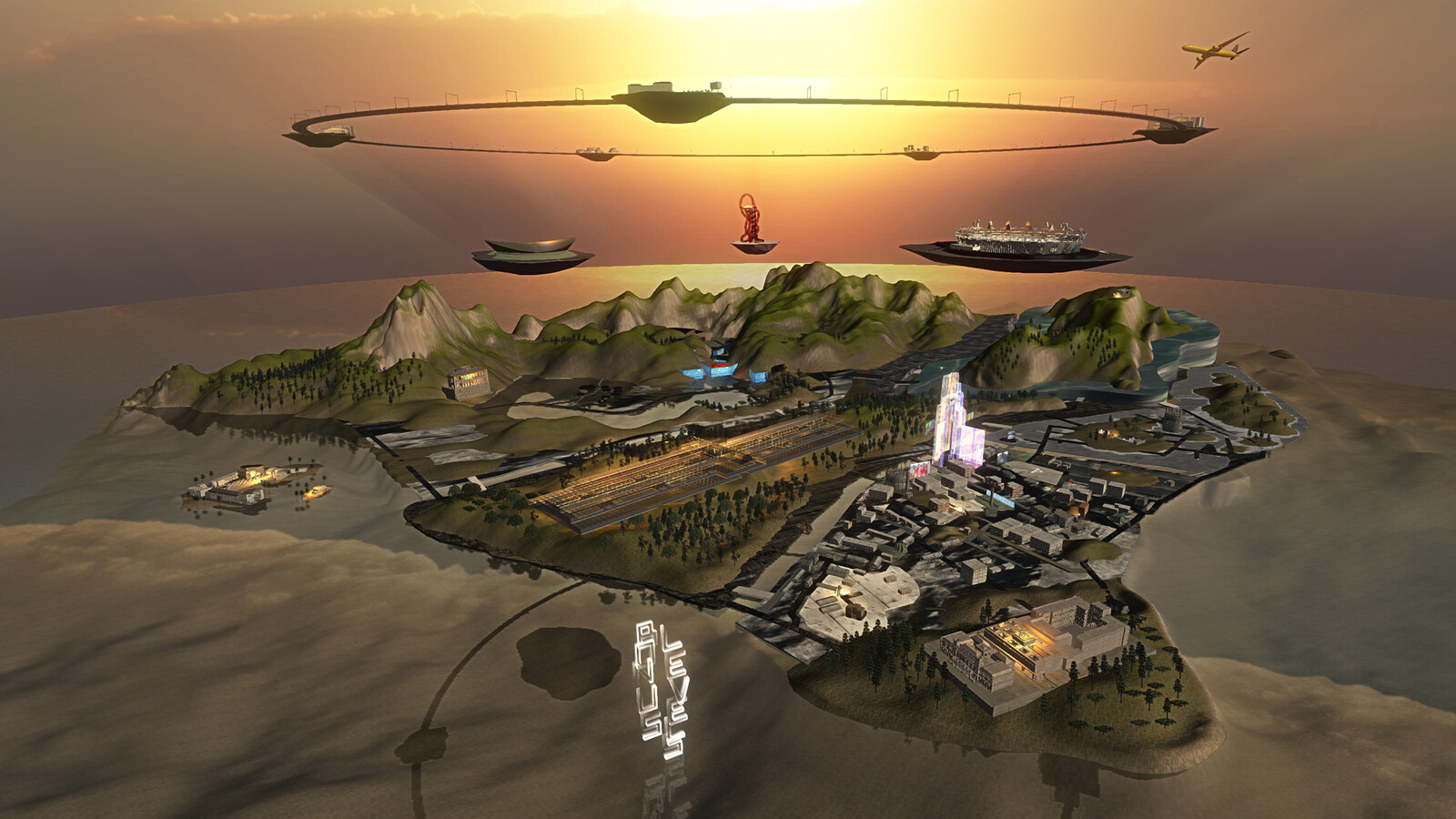
Lawrence Lek, Bonus Levels, 2013–ongoing, still. © Lawrence Lek, courtesy Sadie Coles HQ, London.
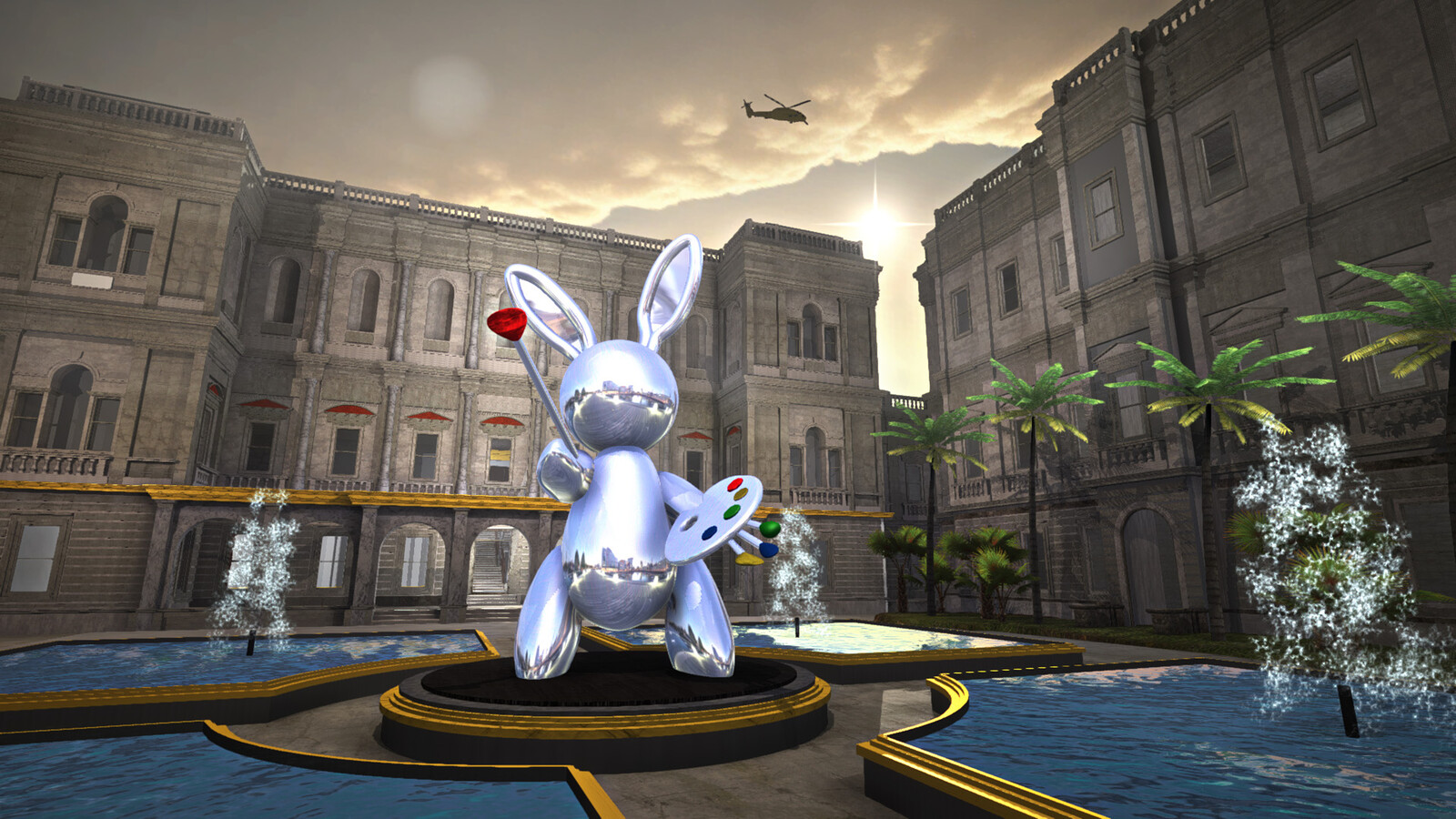
Lawrence Lek, Unreal Estate (the Royal Academy is Yours), 2015, still. © Lawrence Lek, courtesy Sadie Coles HQ, London.
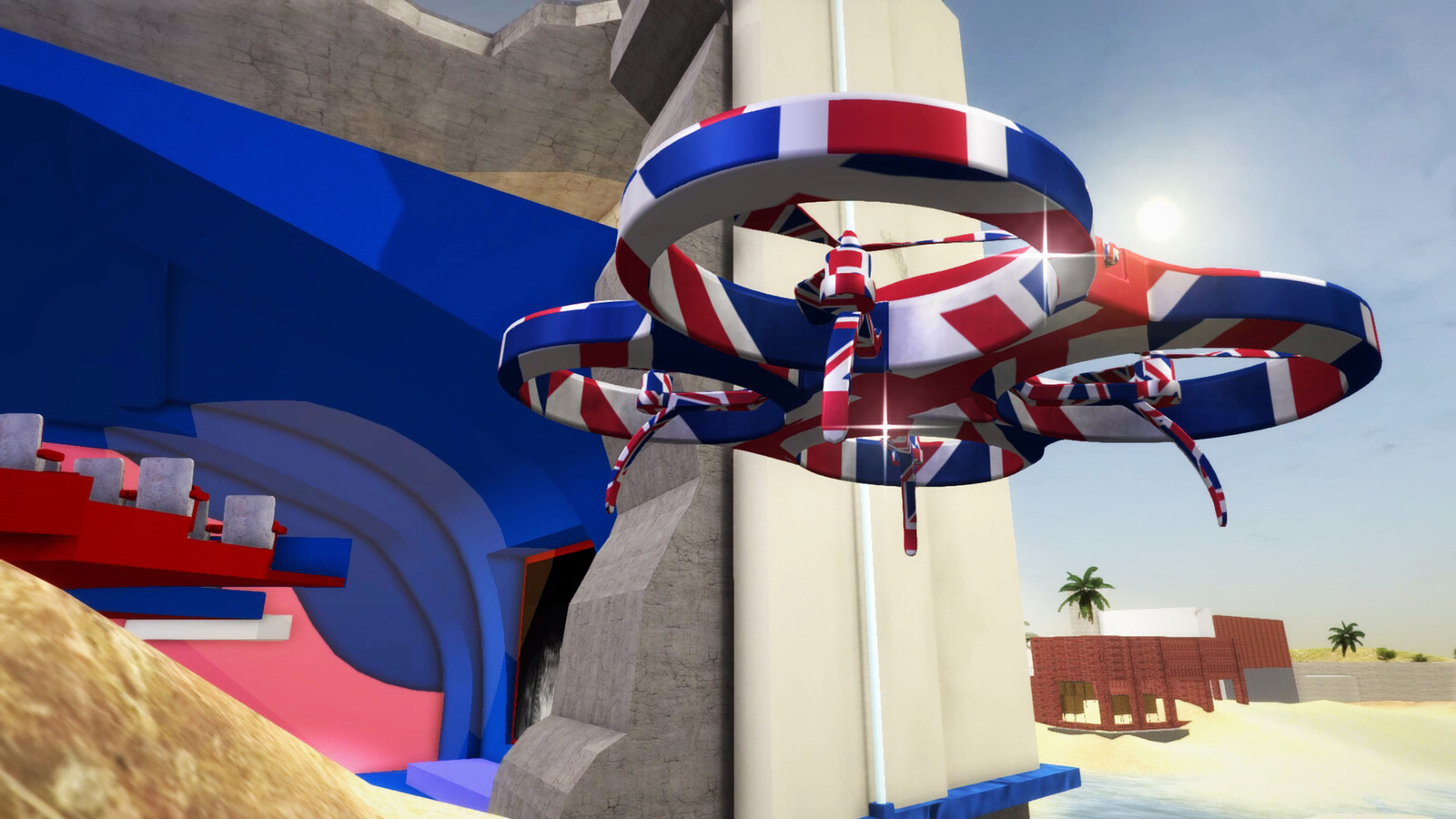
Lawrence Lek, Europa, Mon Amour (2016 Brexit Edition), 2016, still. © Lawrence Lek, courtesy Sadie Coles HQ, London.
Lawrence Lek, Bonus Levels, 2013–ongoing, still. © Lawrence Lek, courtesy Sadie Coles HQ, London.
NA There is a moment in Nøtel where you can slip out of the building and run around outside. That was a really important experience, as it allowed me to see what the world was that I was in.
LL What I find fascinating is how people express themselves so clearly in the way they explore the world. In this, there’s no difference between the physical world and the virtual one. Some people want to win, because they’ve absorbed this idea that games are about competition. But all the open-world simulations I’ve made aren’t games at all; they’re experiences and atmospheres. There are no goals and no end points. Others intentionally want to break the game, to walk through walls where I’ve forgotten to put physics collision, to find the limits of the world. Some want to walk to the edge of the world and fall off, just to see what happens. There are so many different types of players.
Positions is an independent initiative of e-flux Architecture.
Category
This conversation took place as part of the talks program of Design Miami/ Basel 2019.
Positions is an initiative of e-flux Architecture.
(2014).jpg?w=1200)
(2014).jpg,1600)





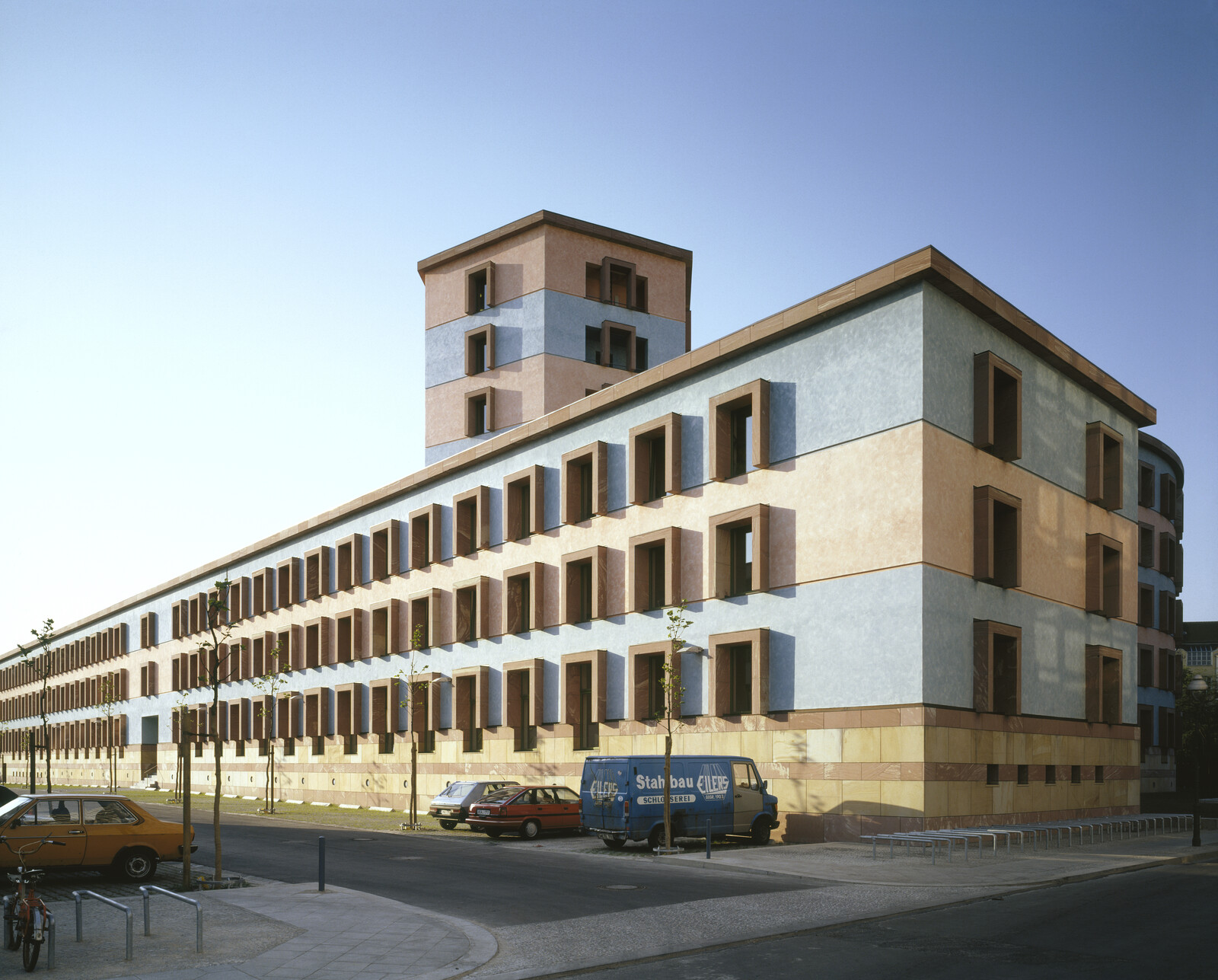
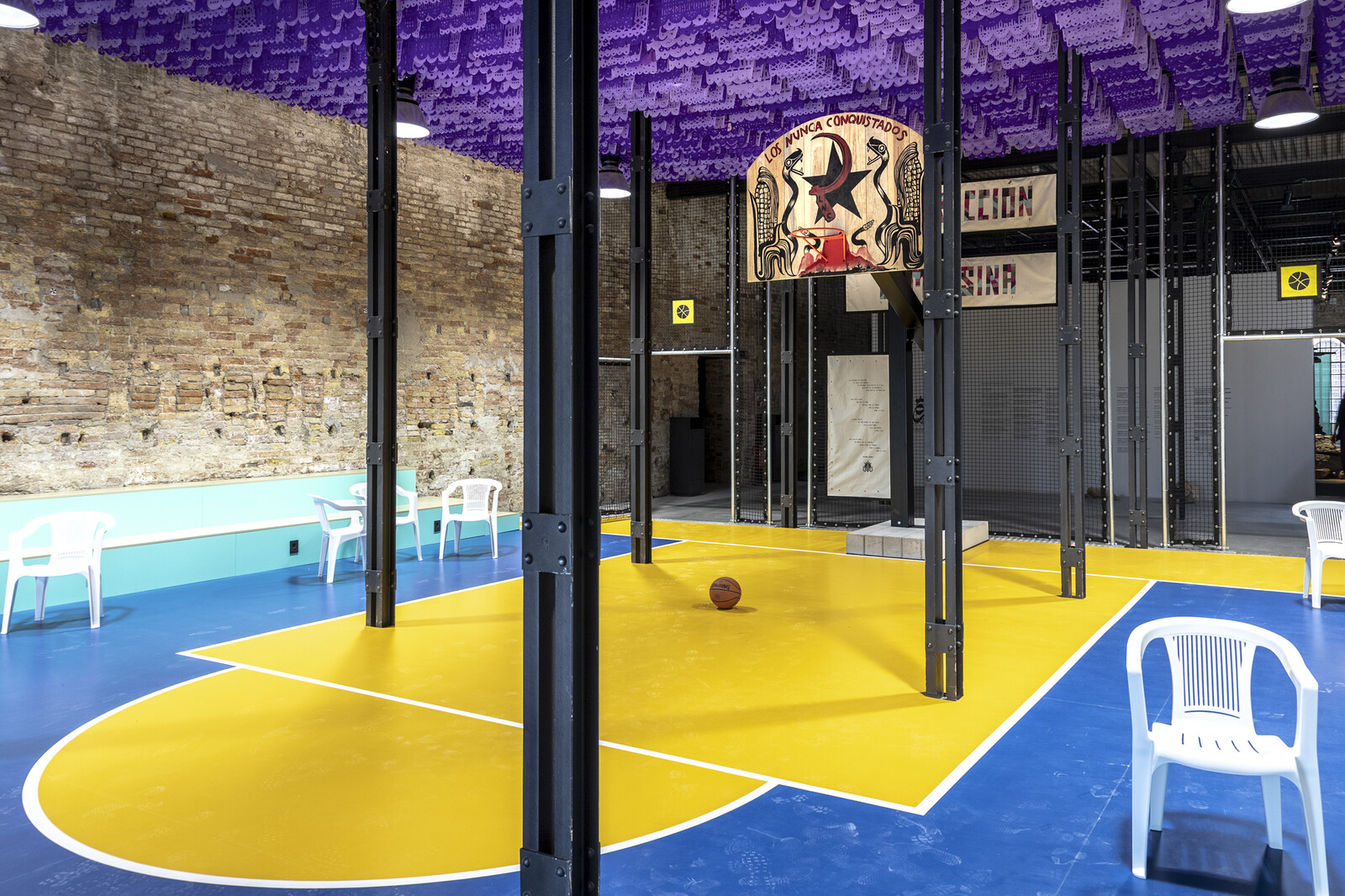
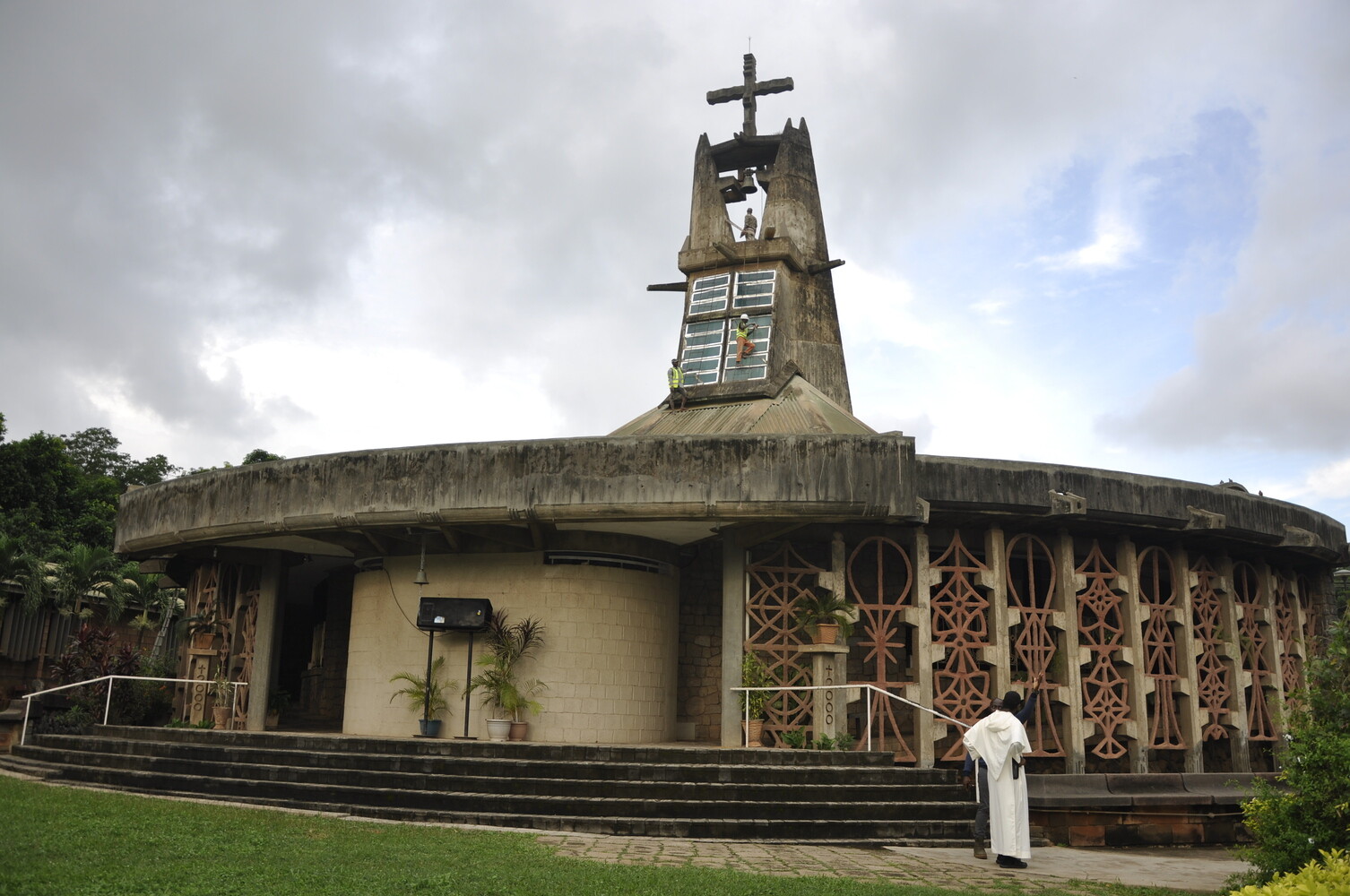
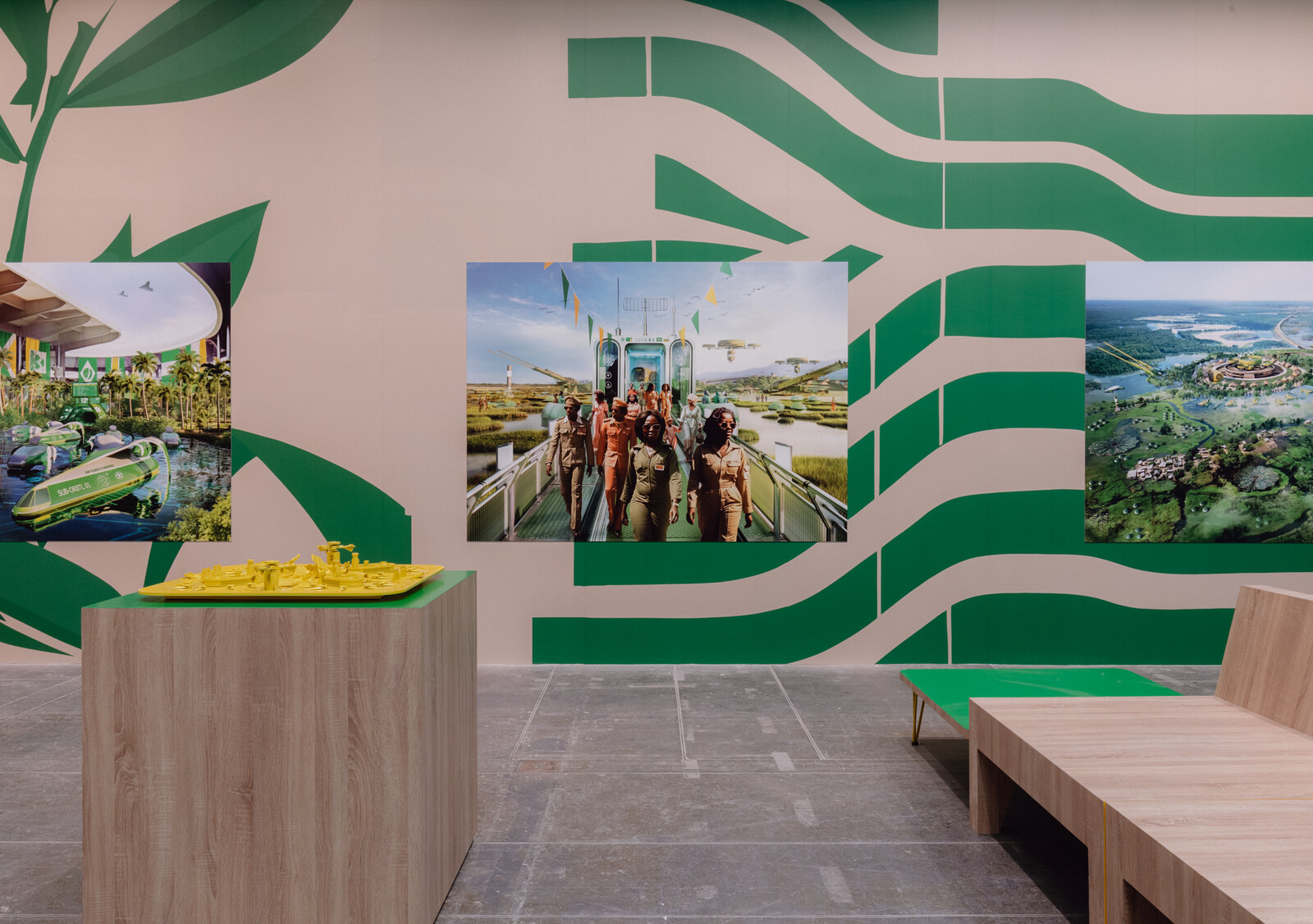
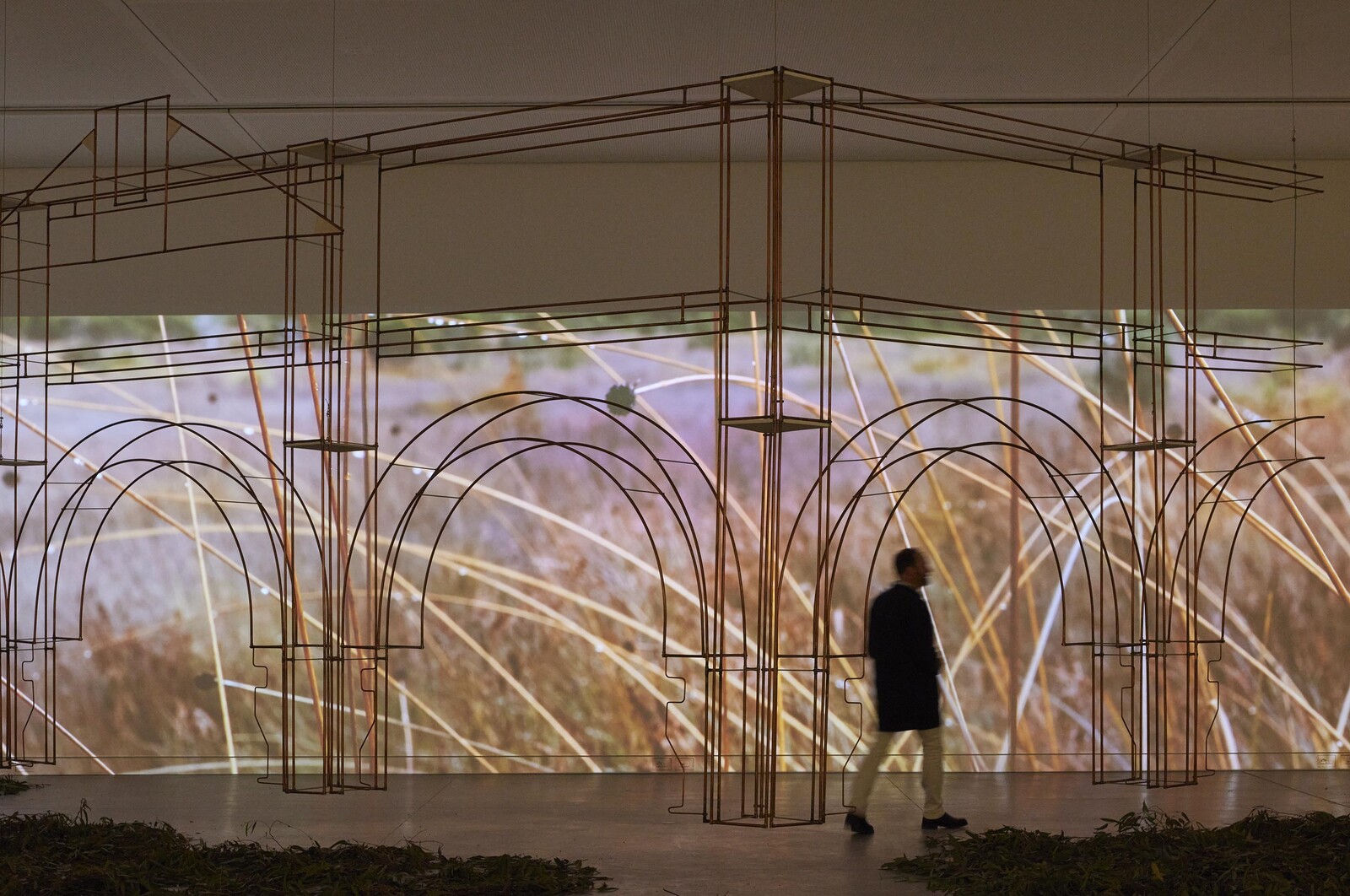

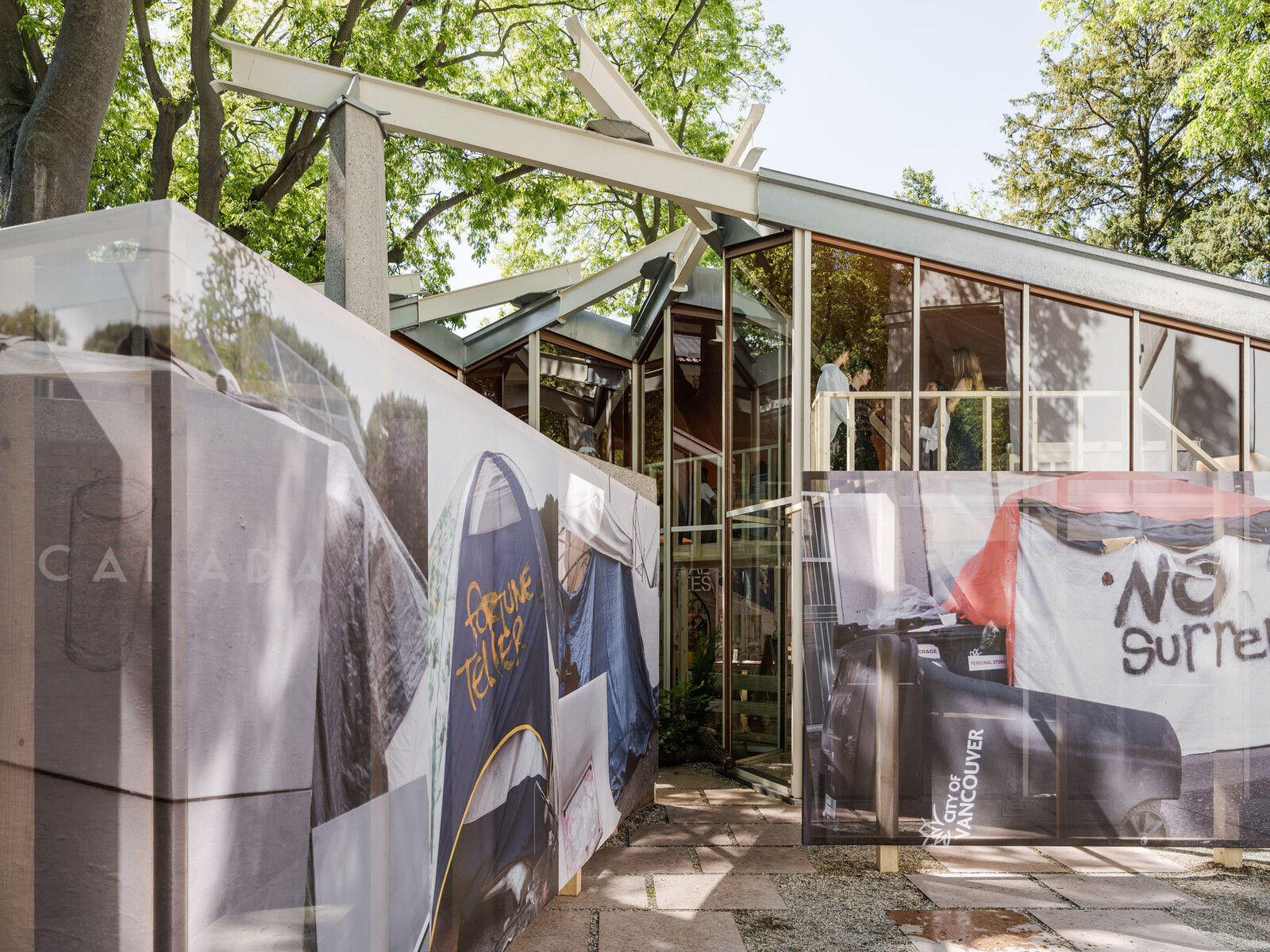
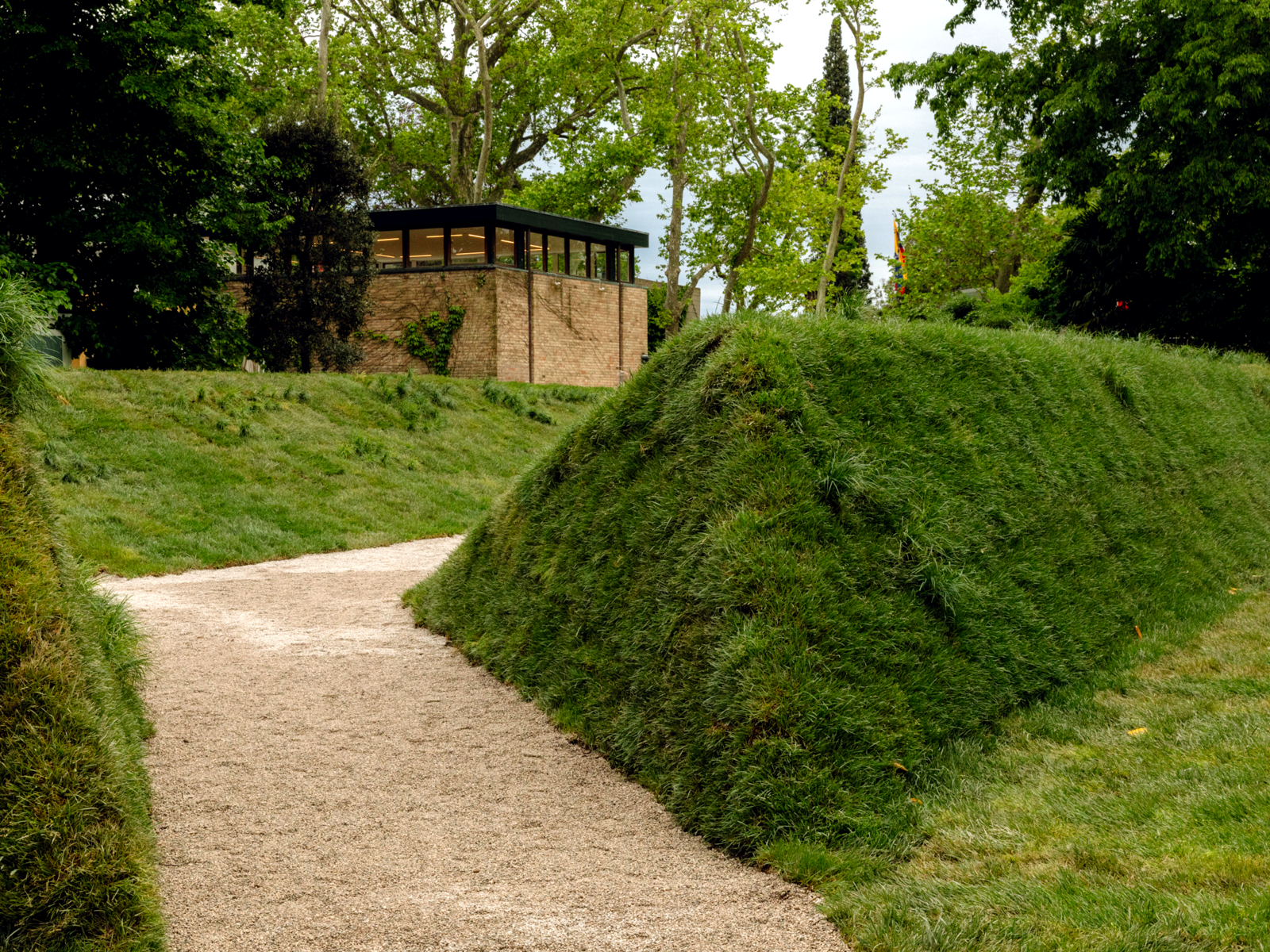


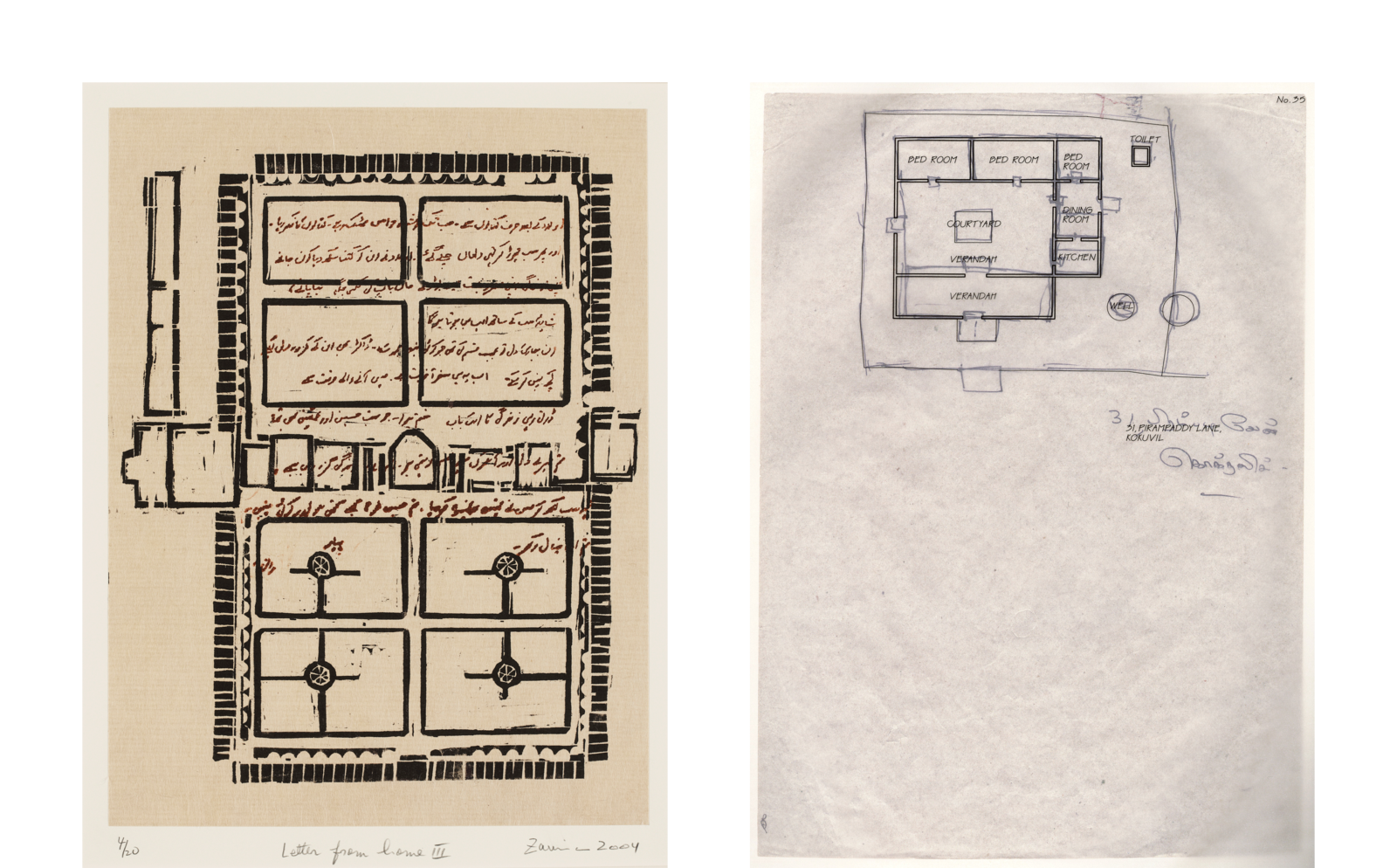

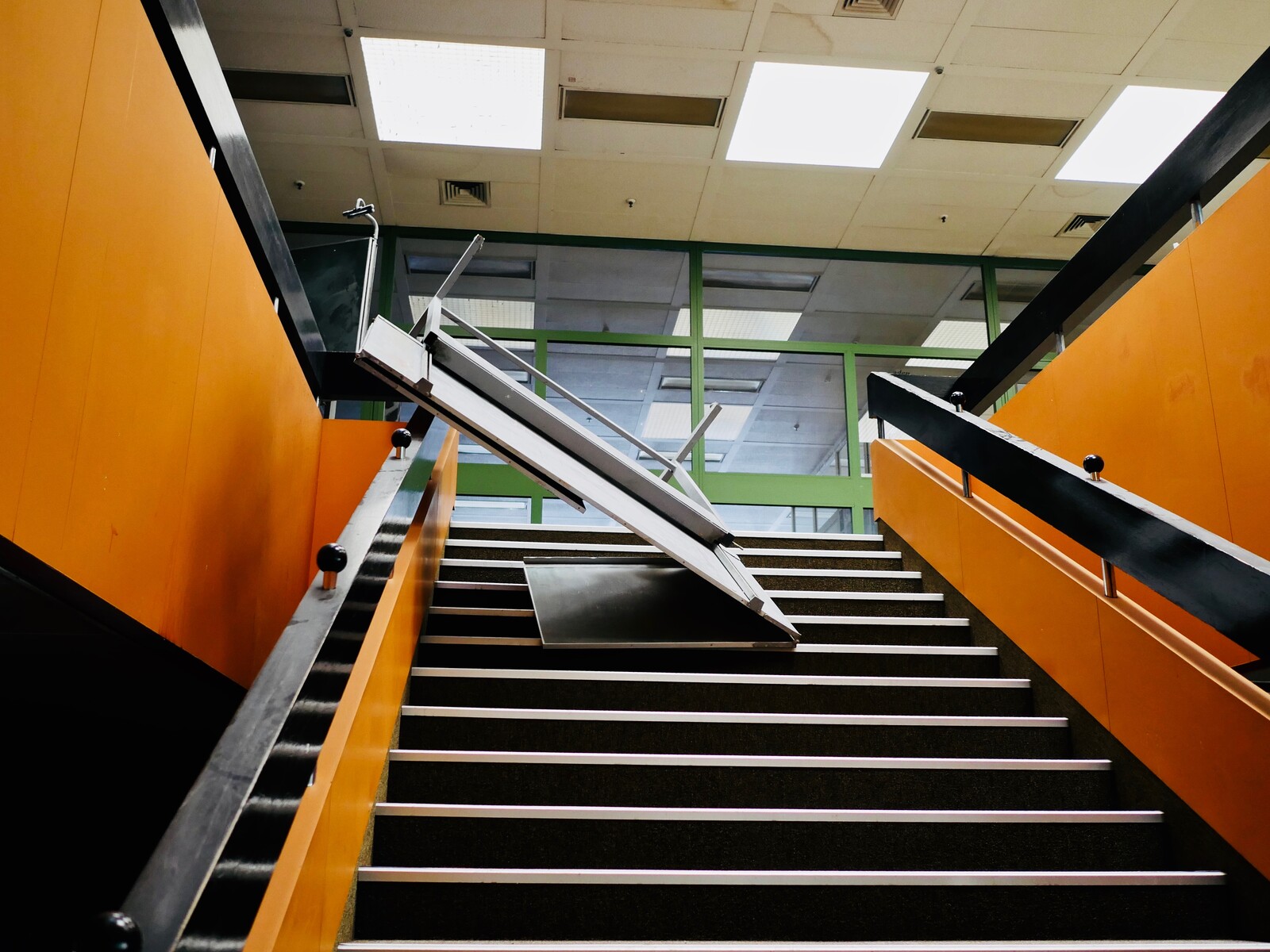
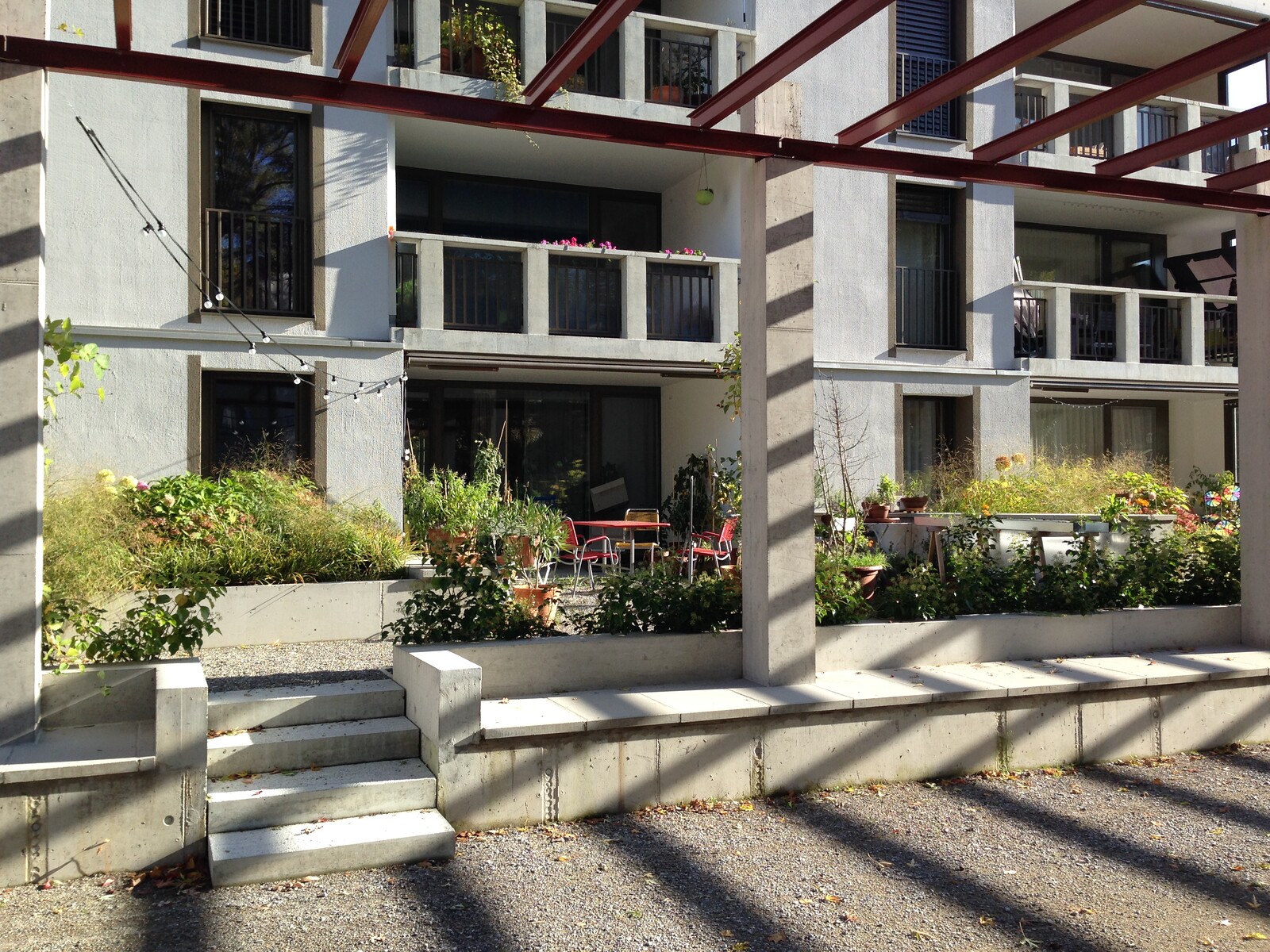
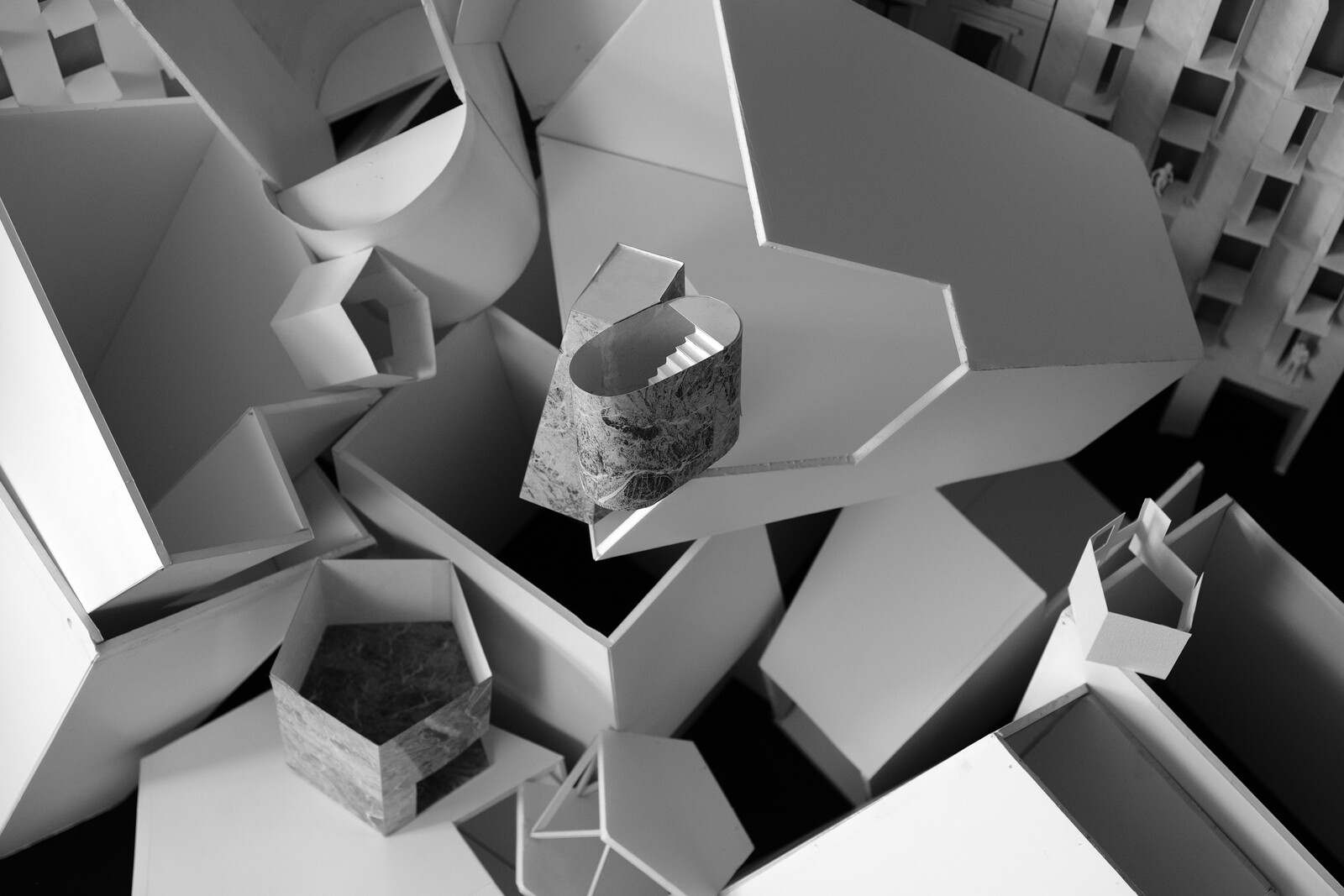
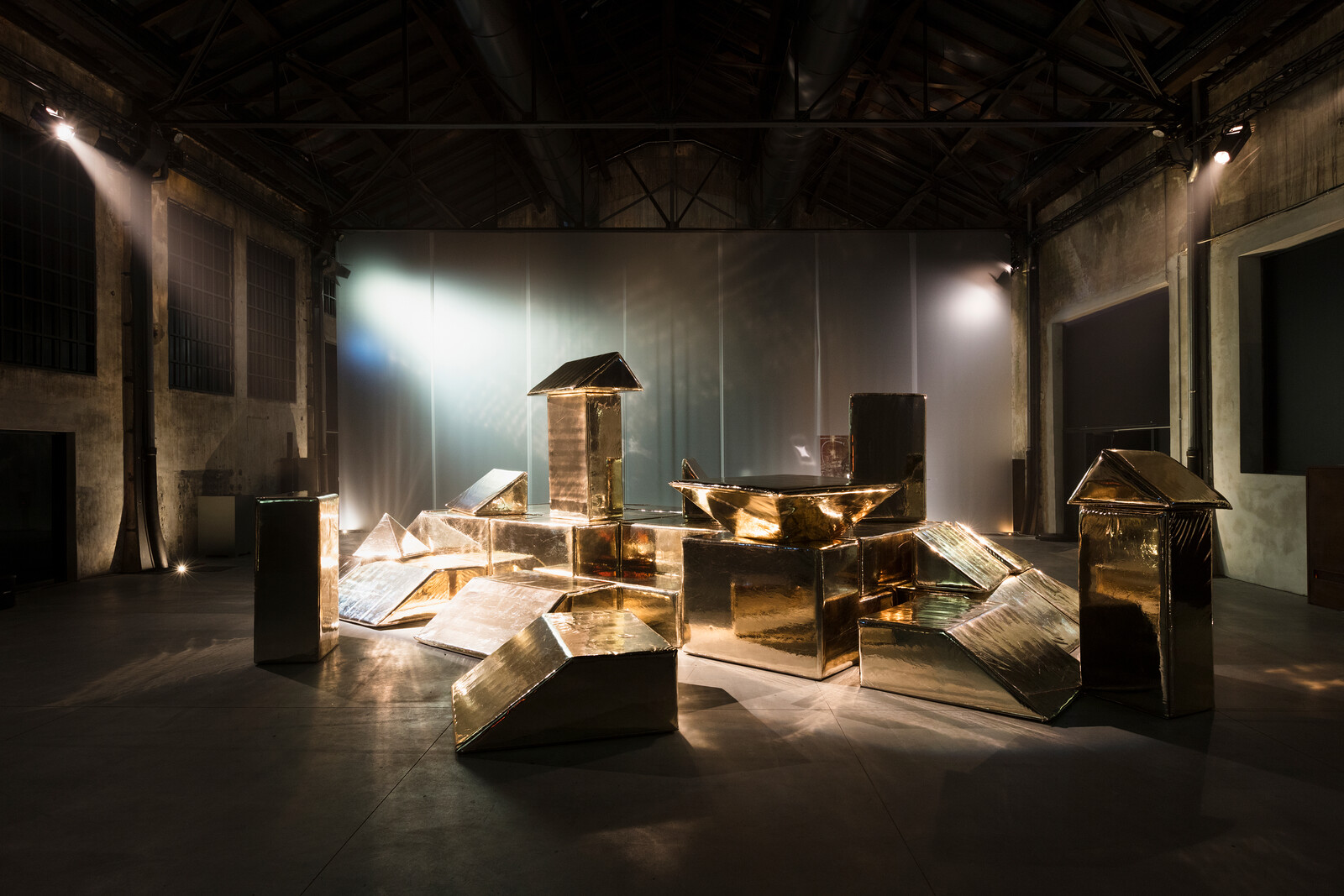

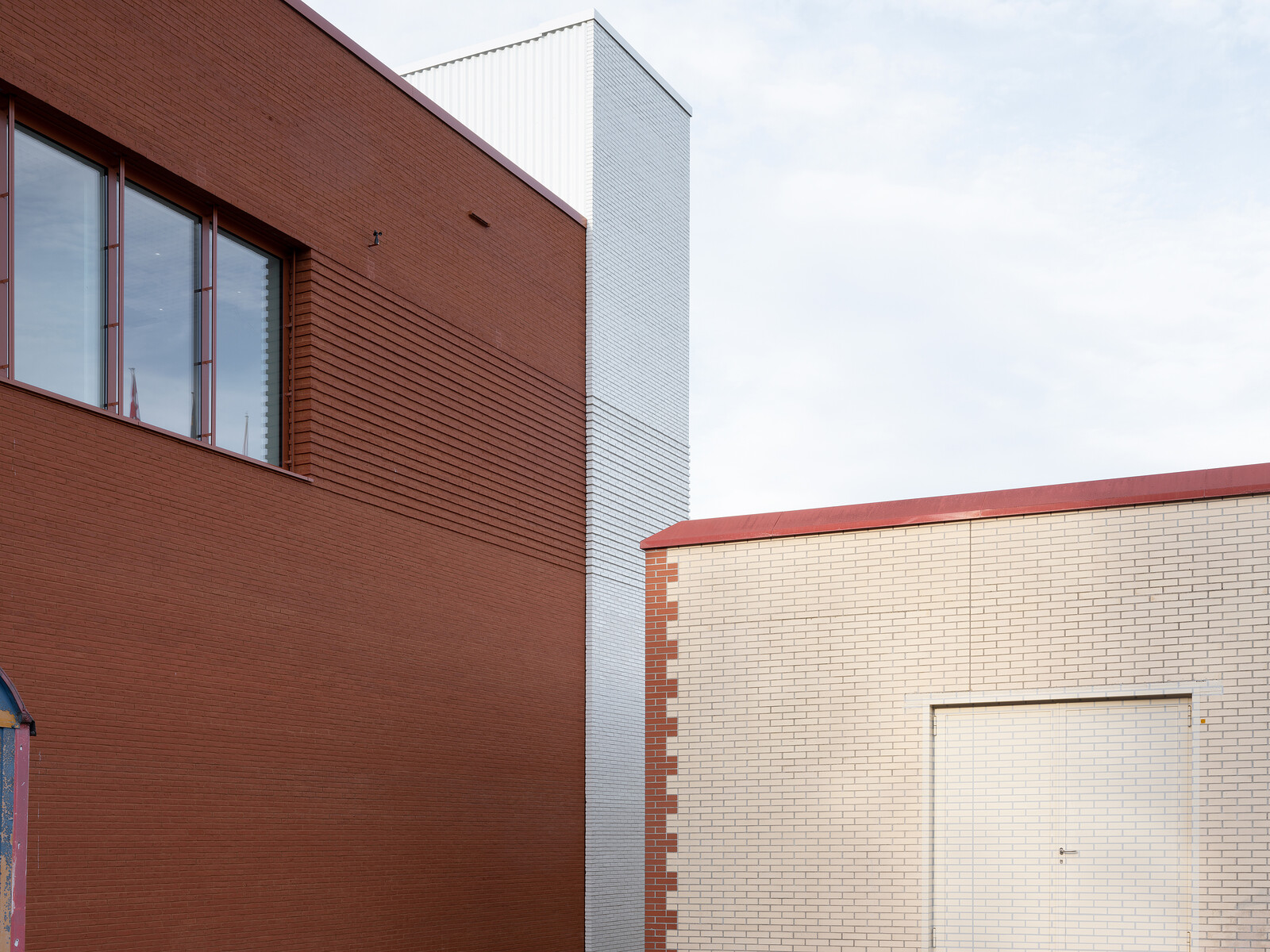
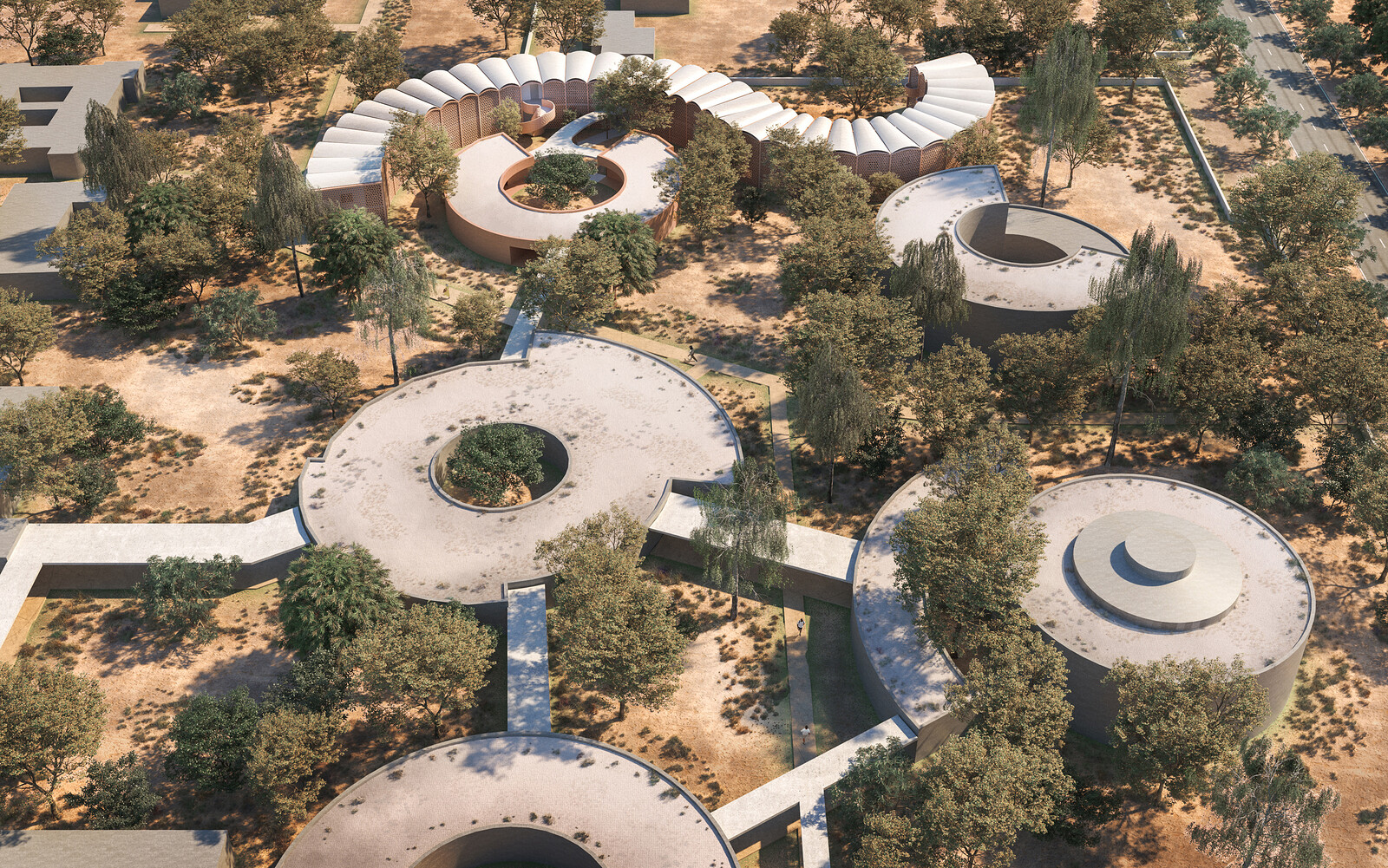
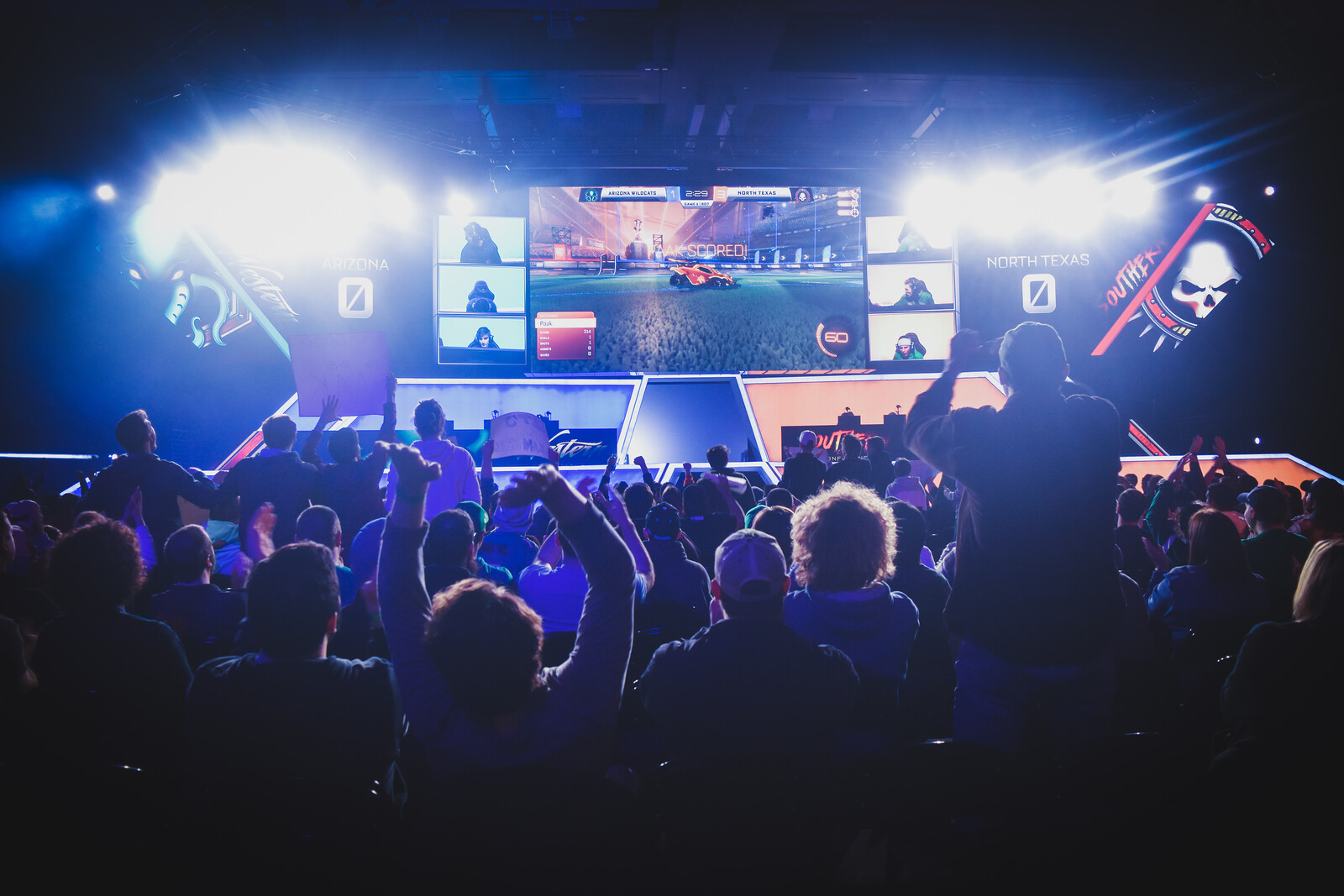



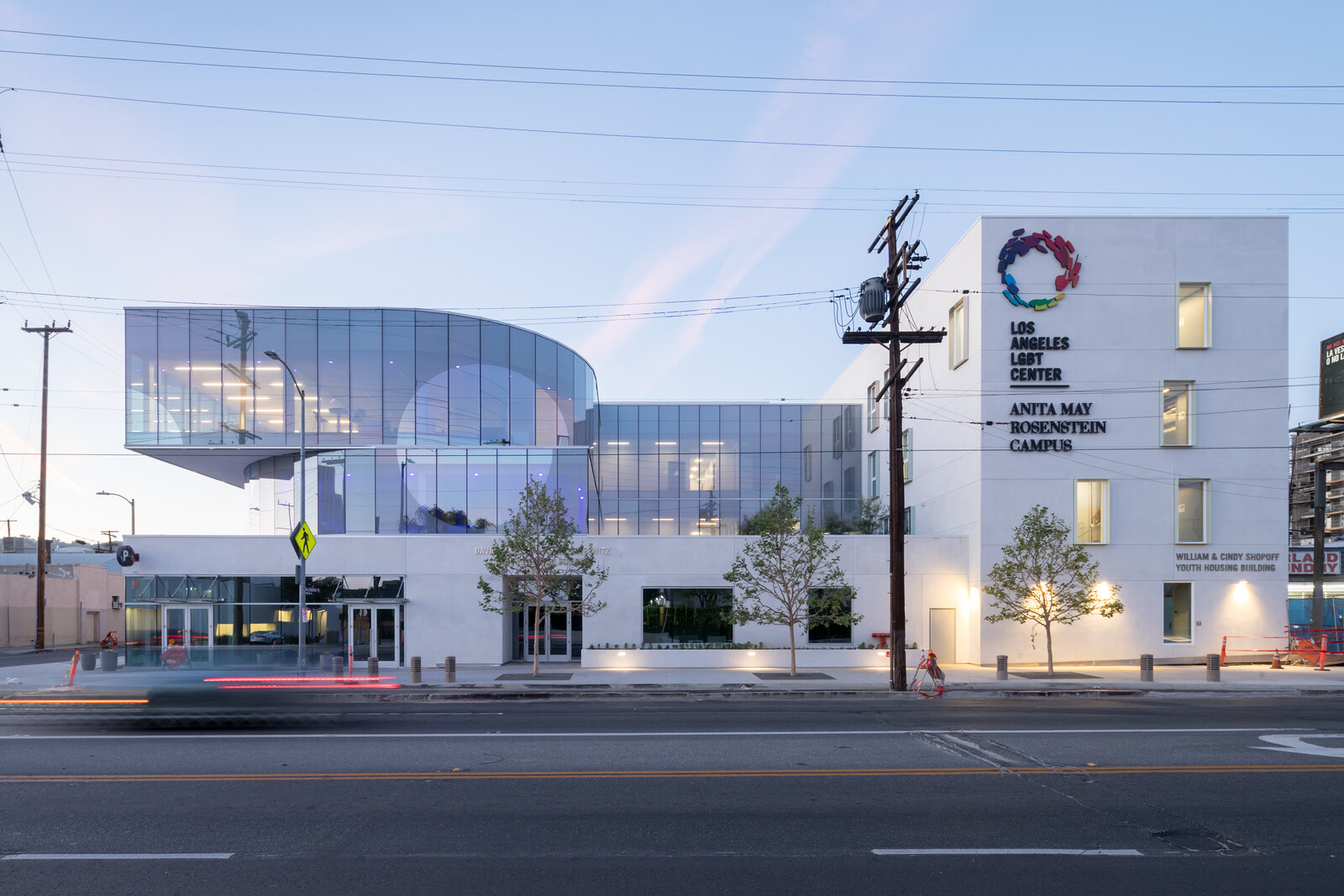
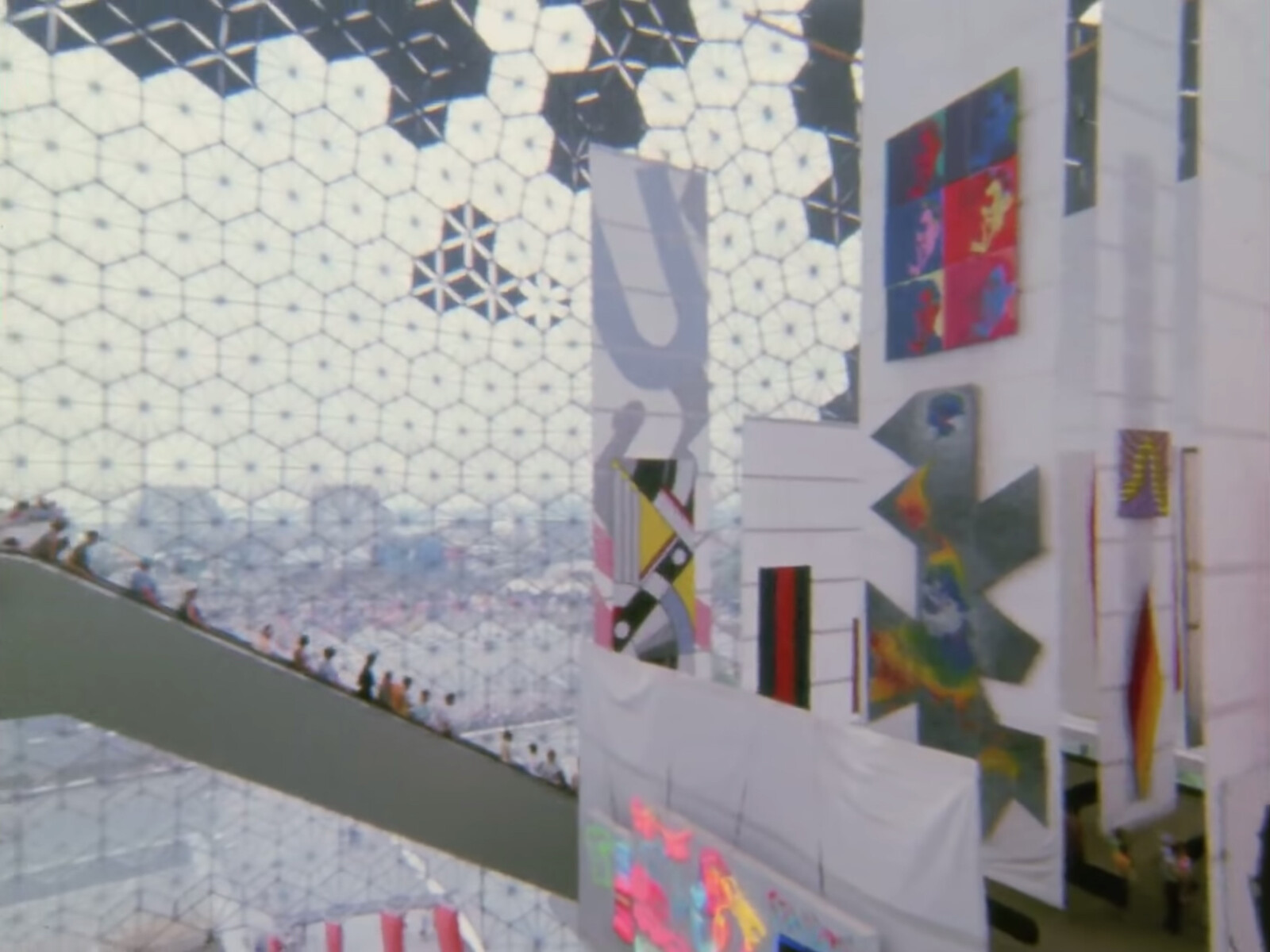

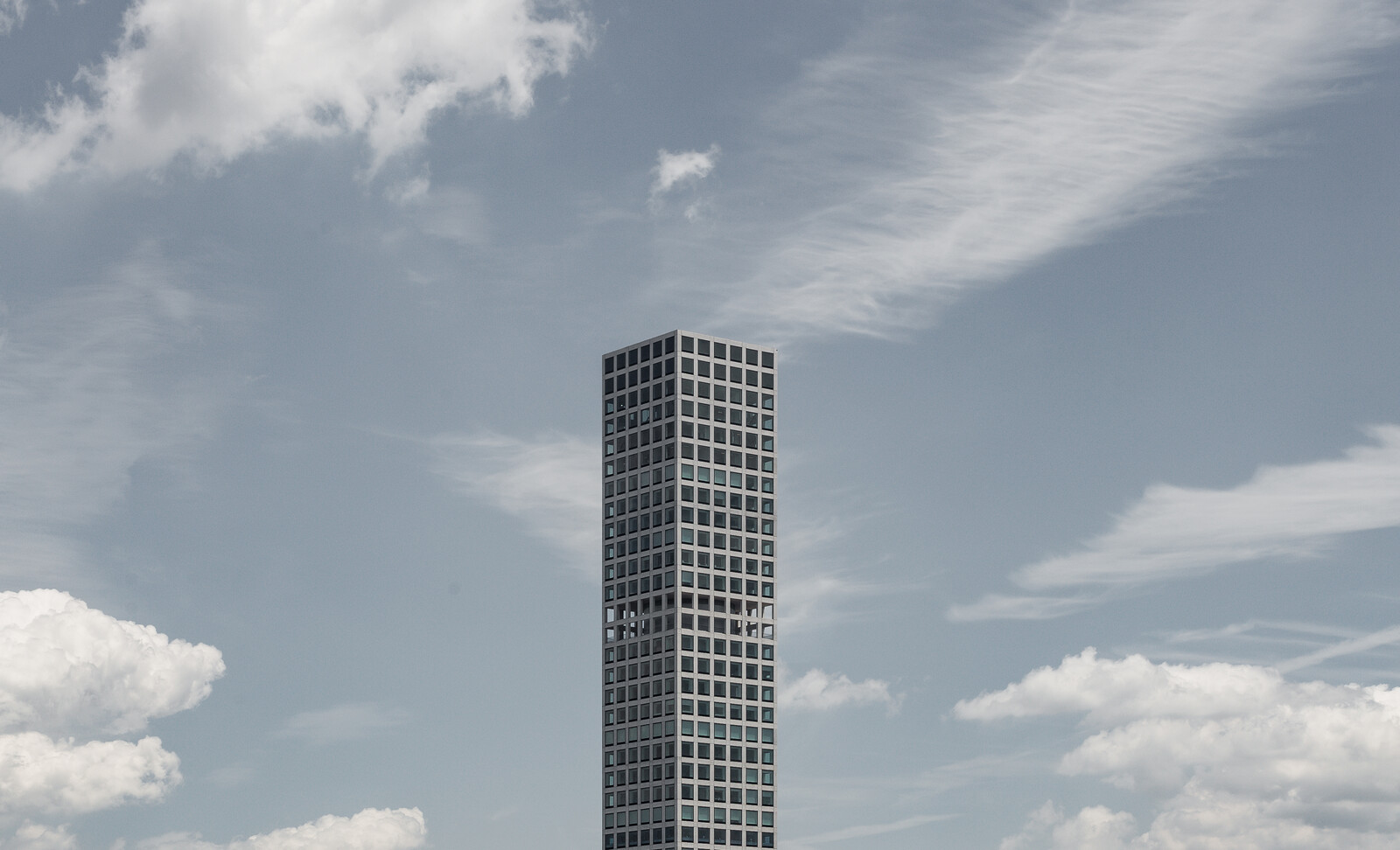
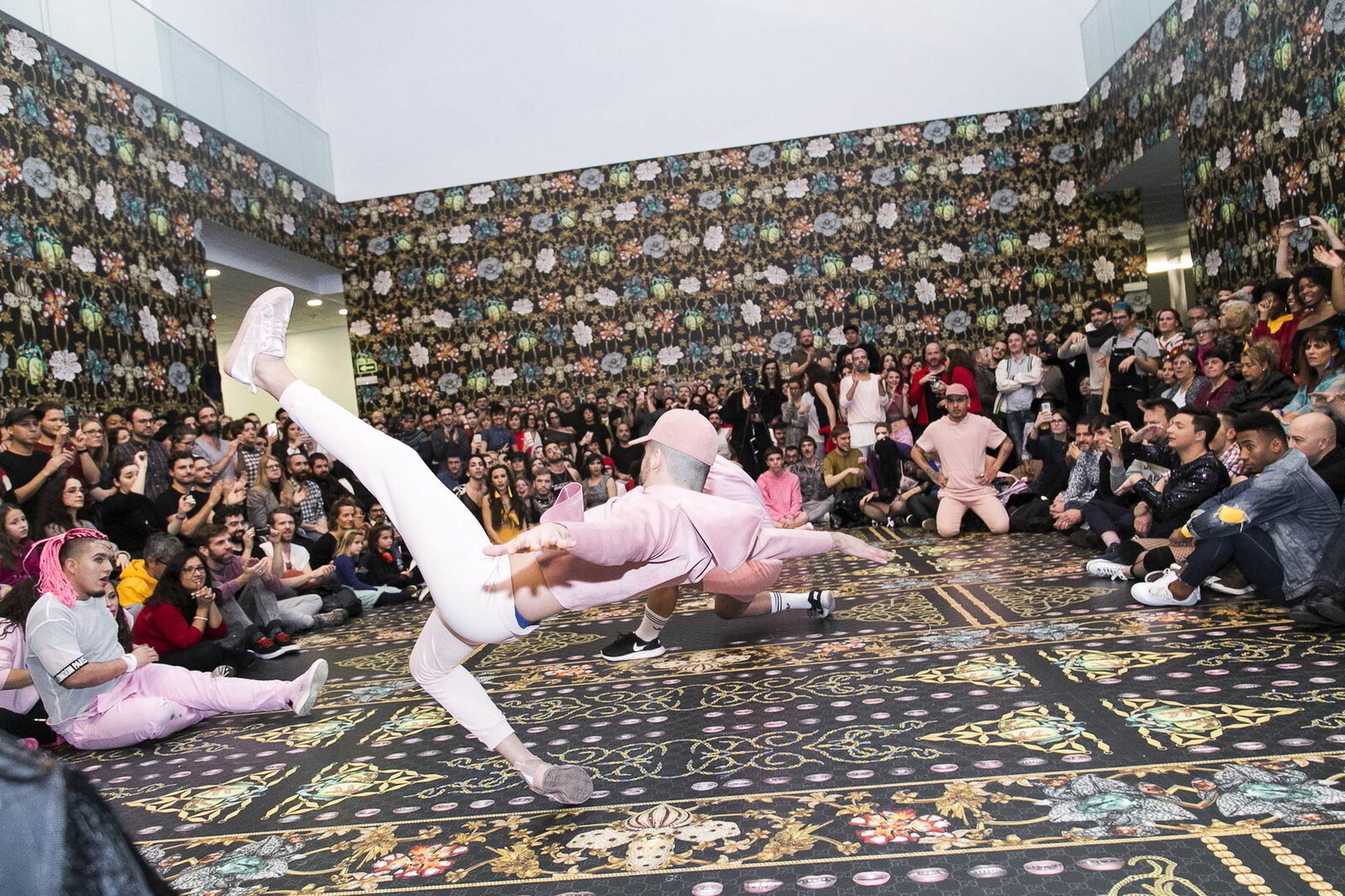
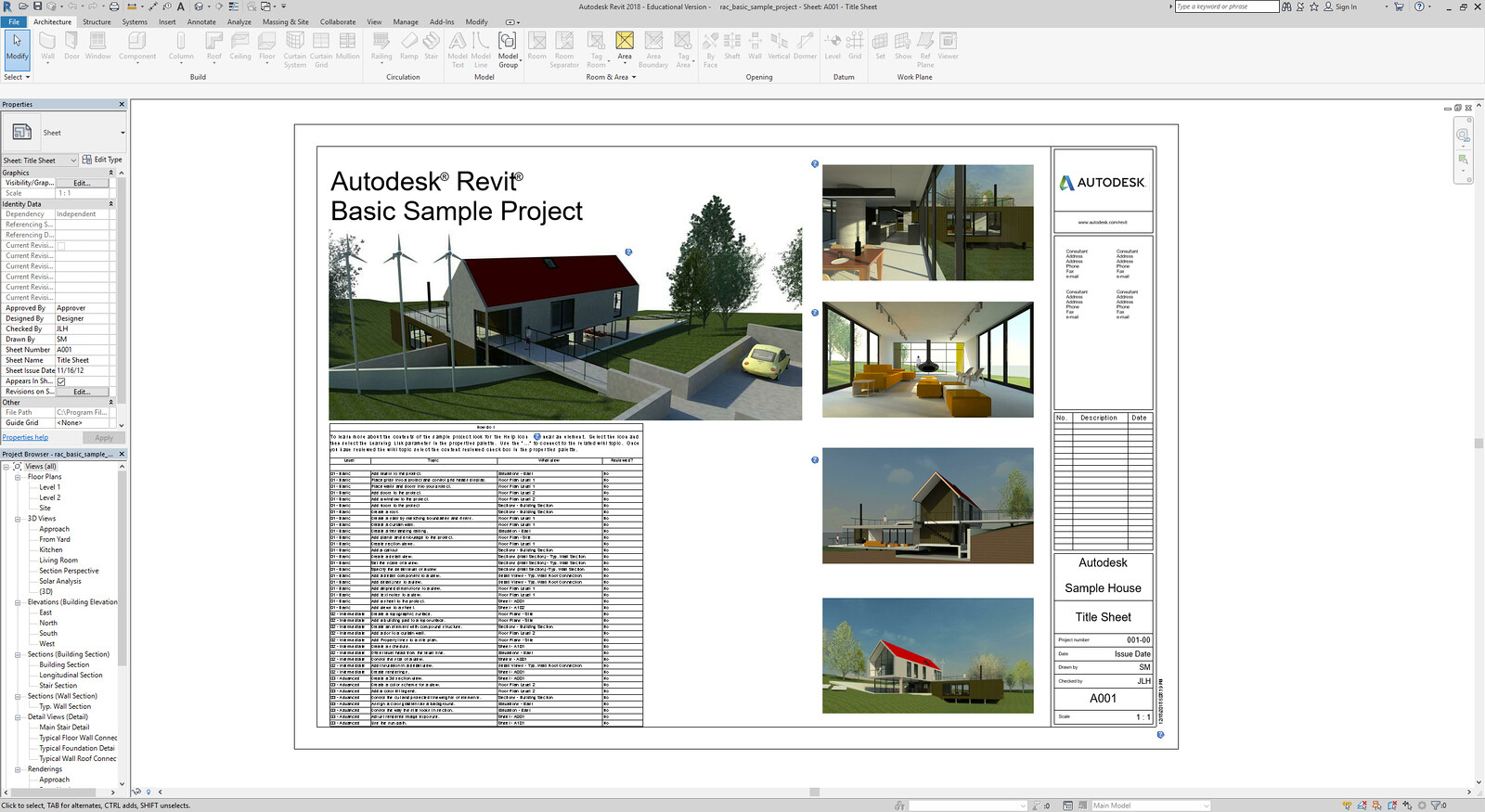

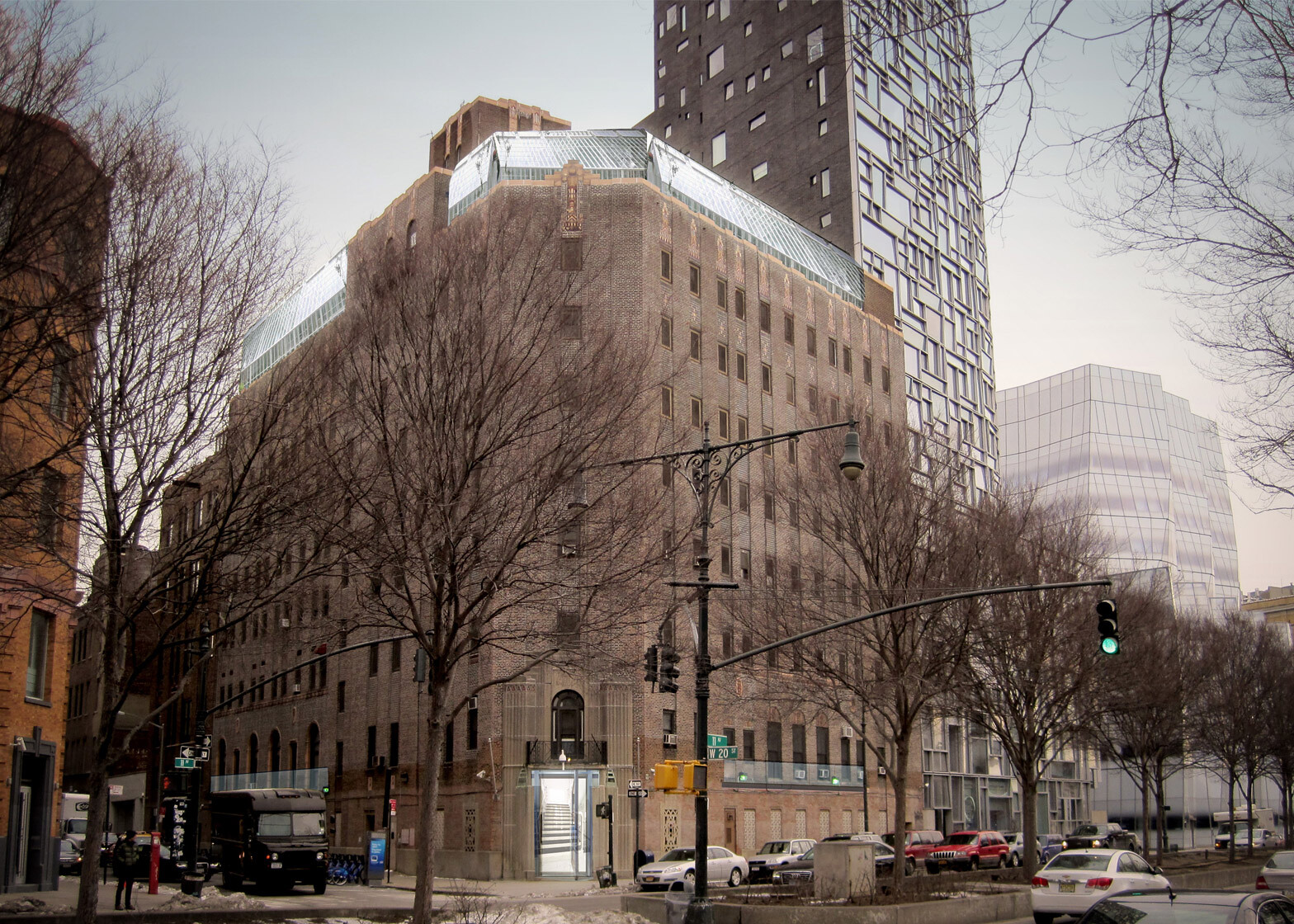

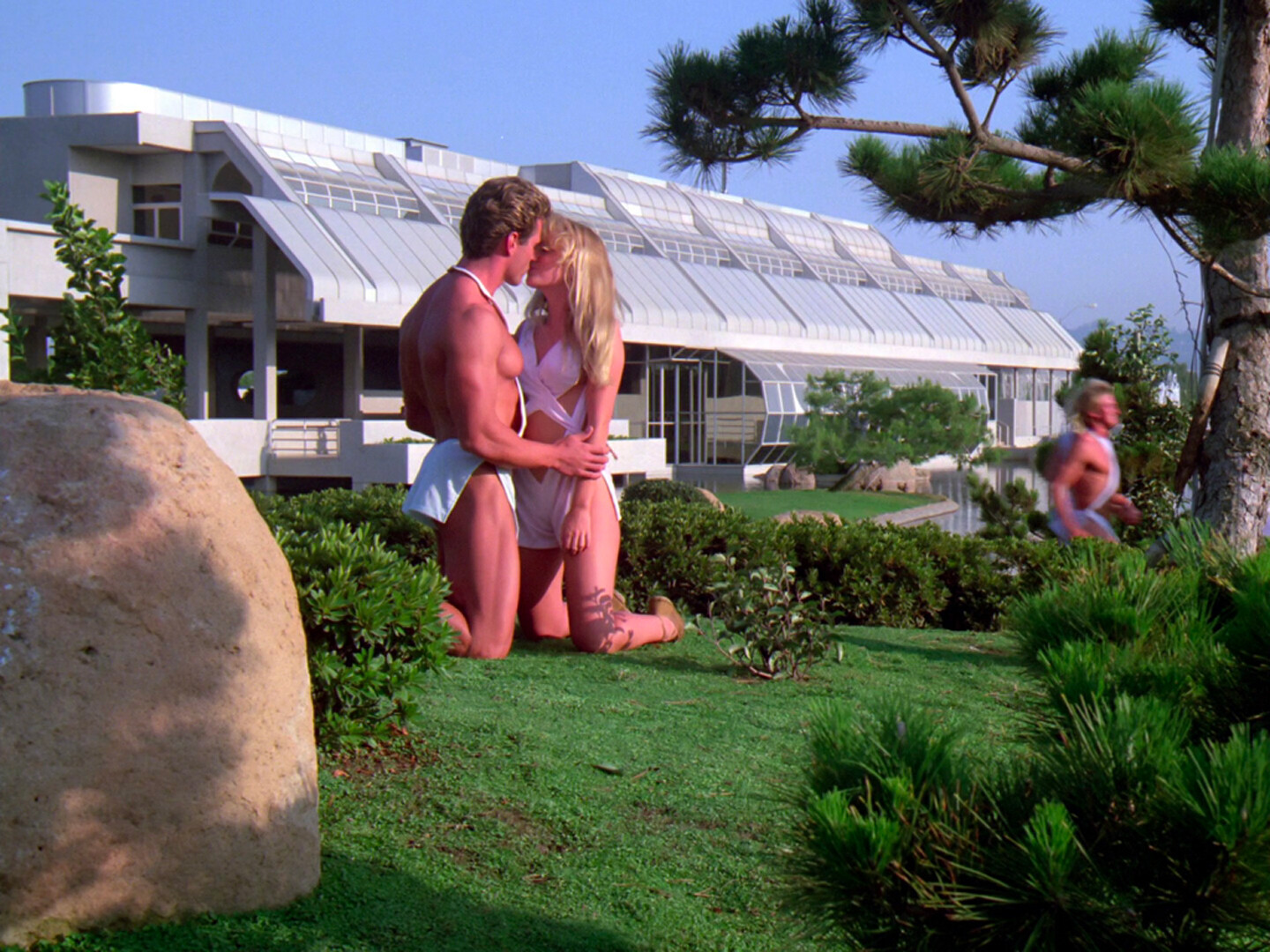
,-2003,-srgb.jpg,1600)
